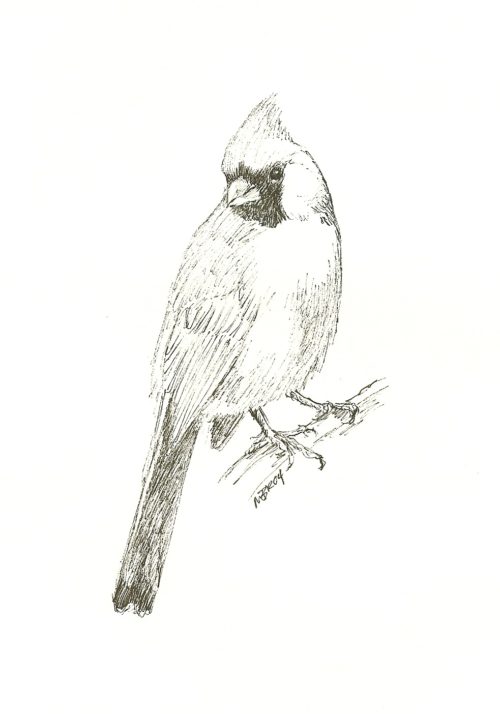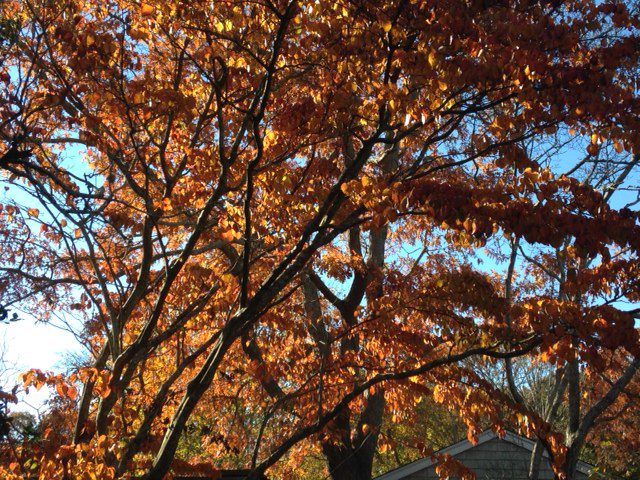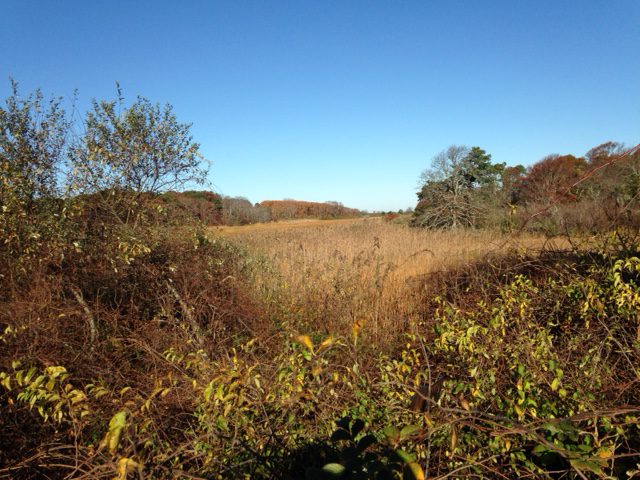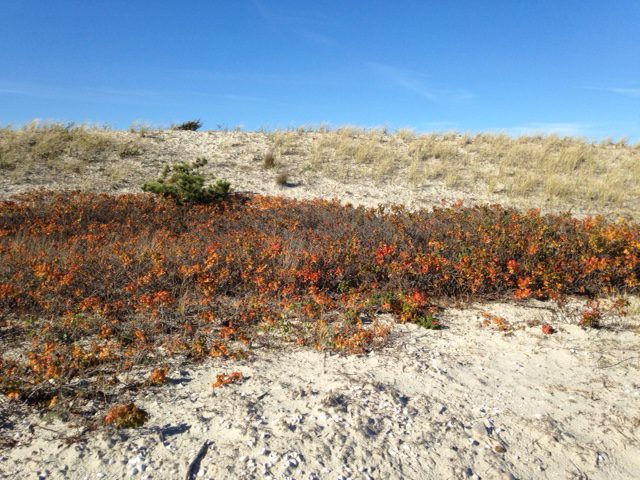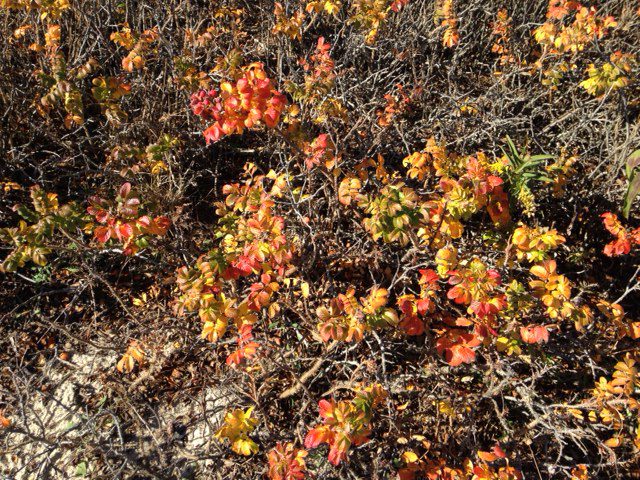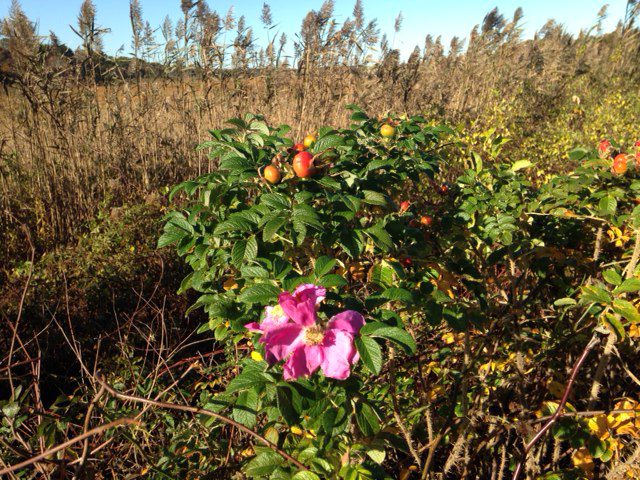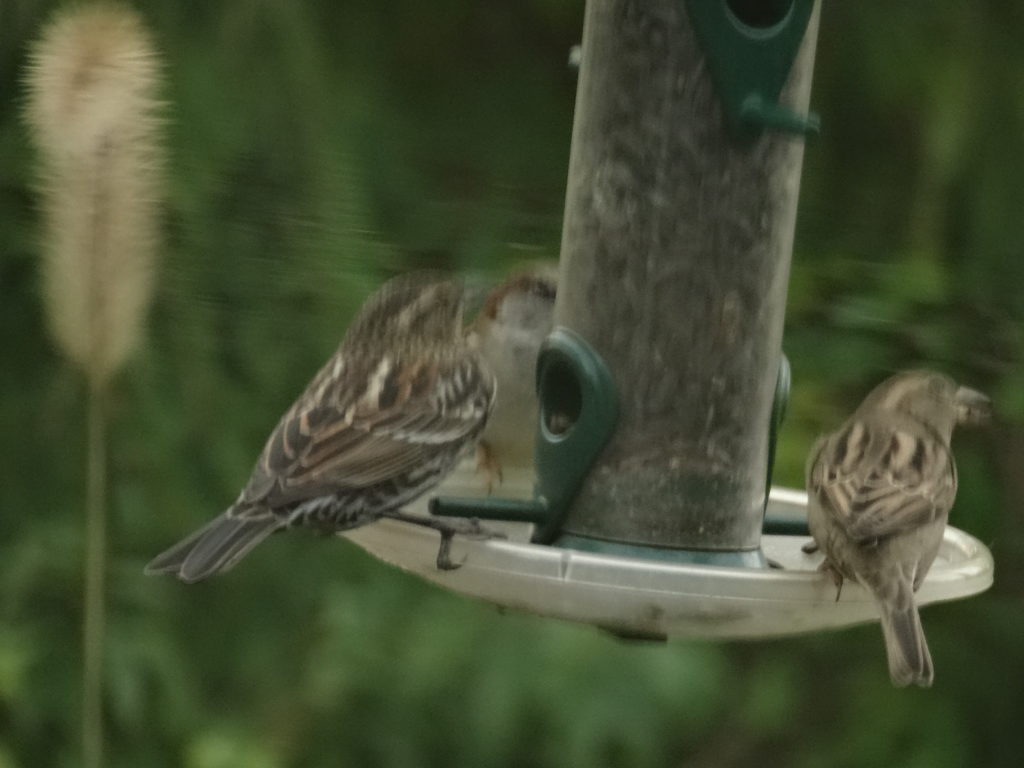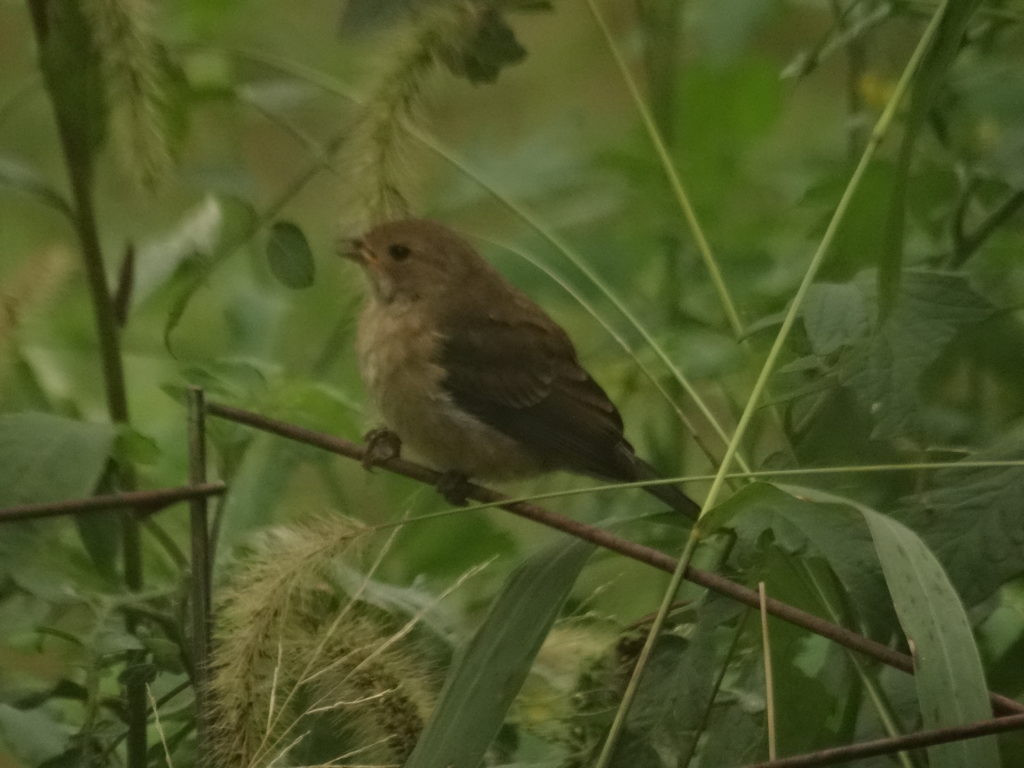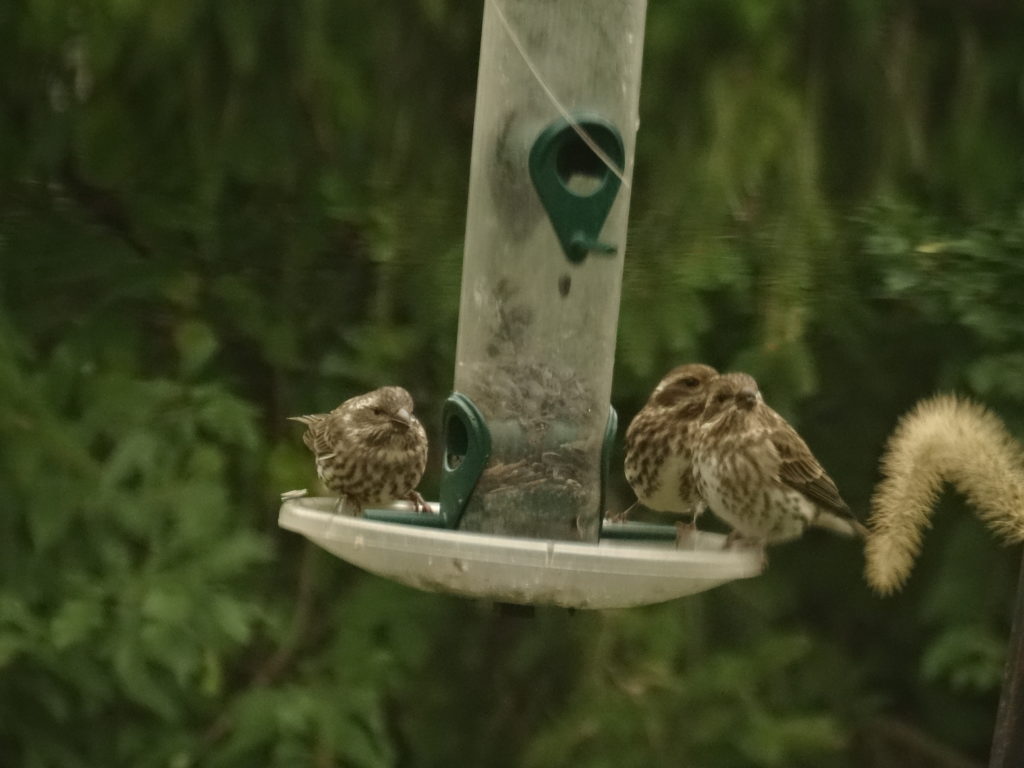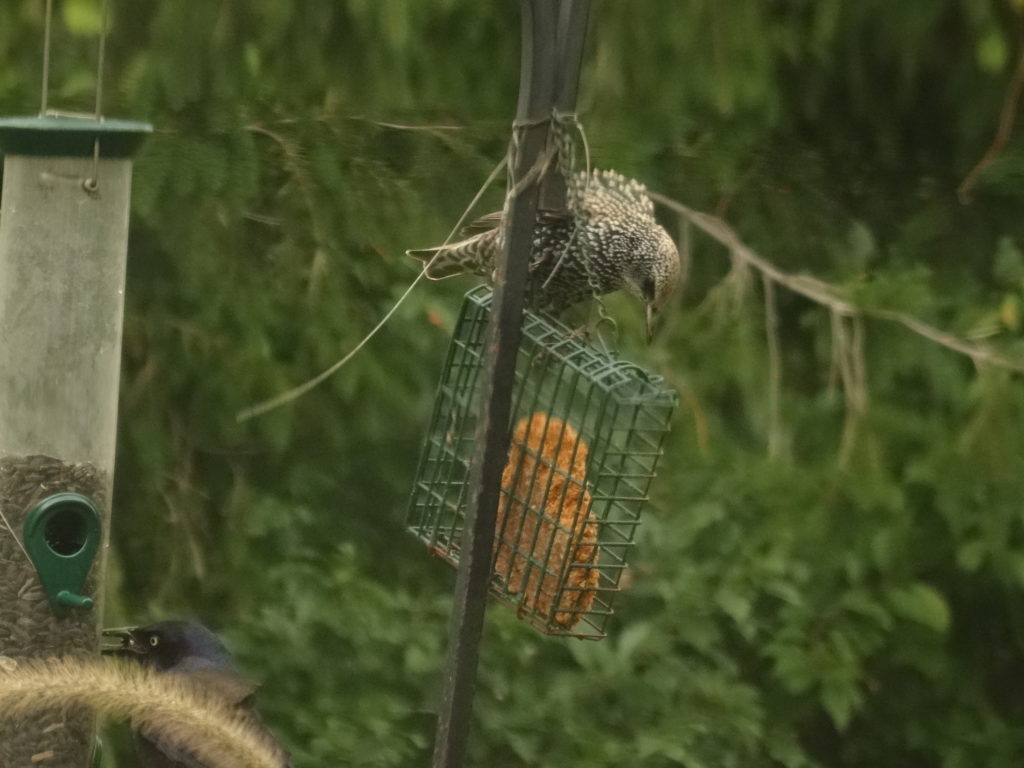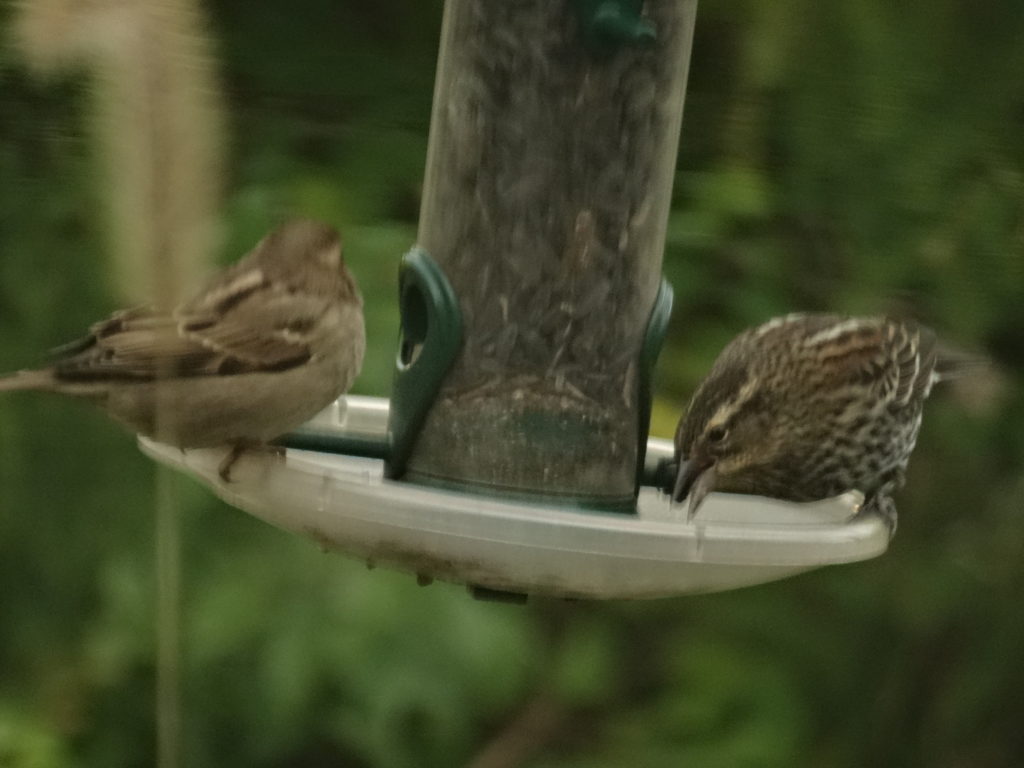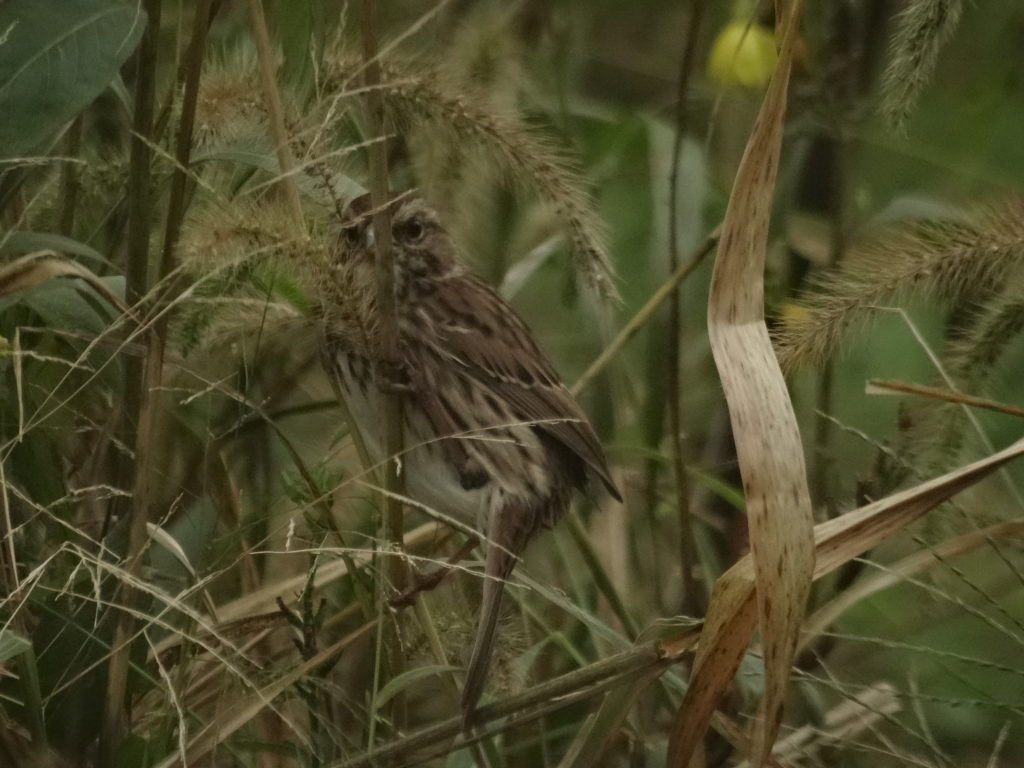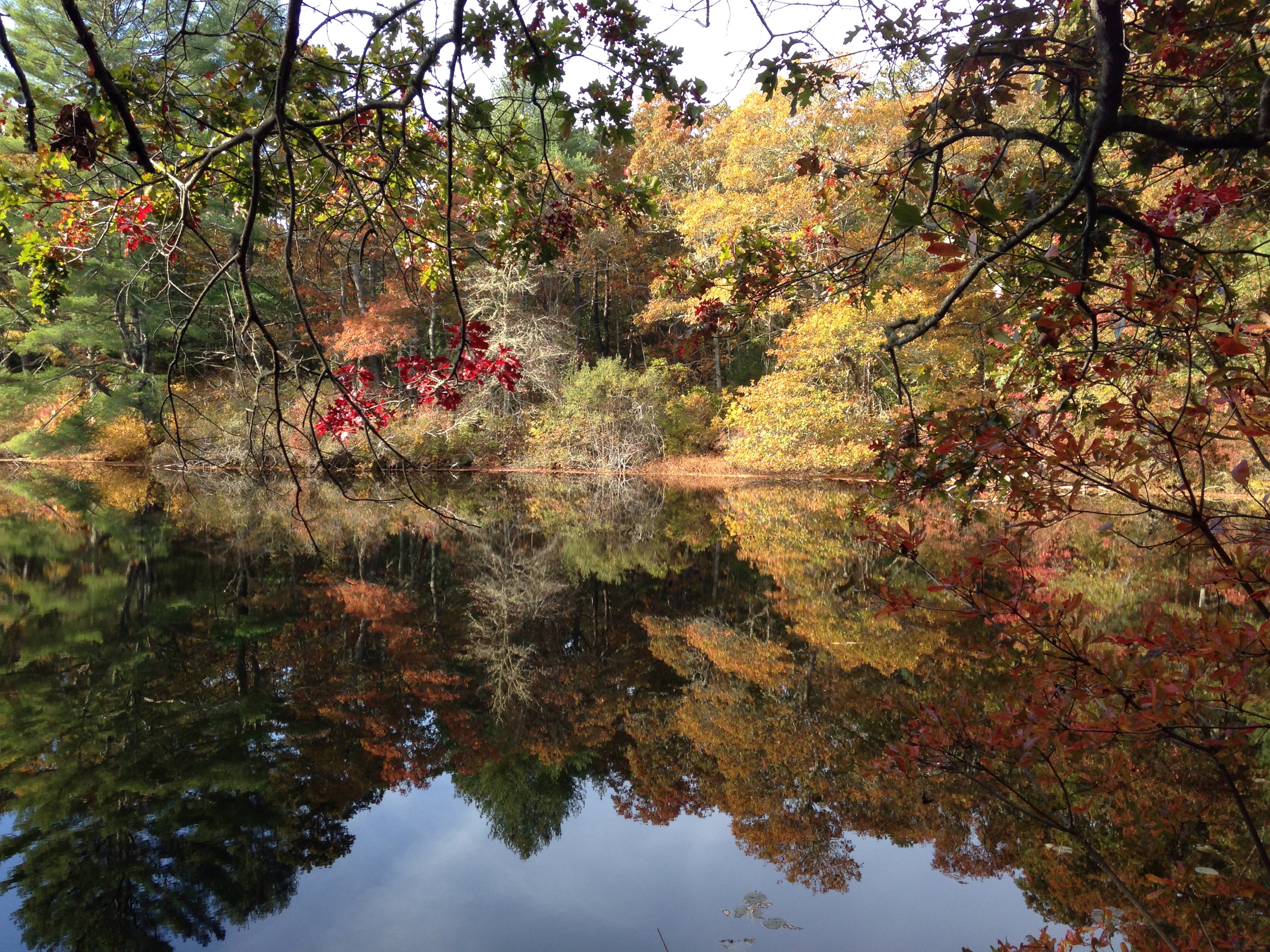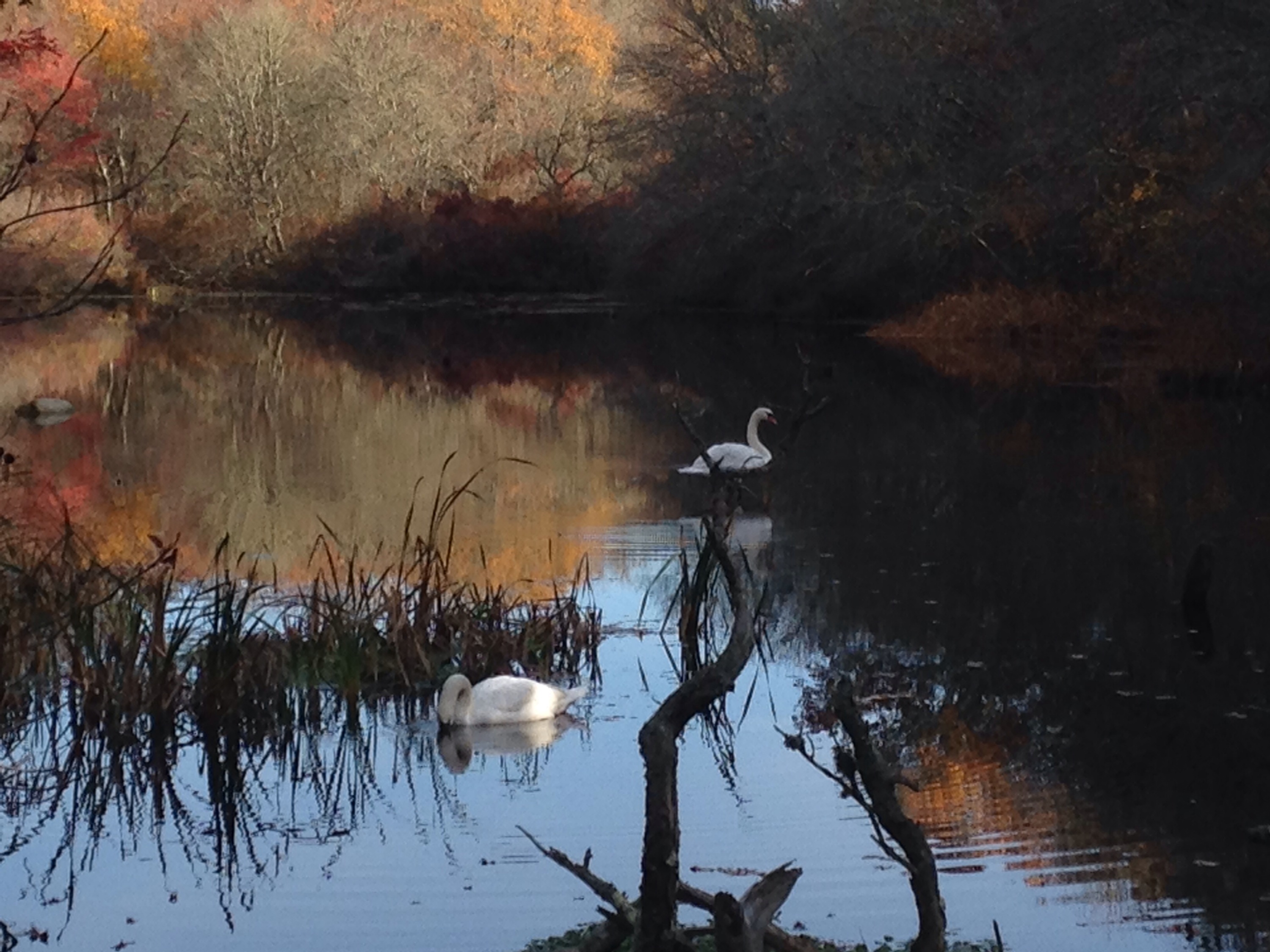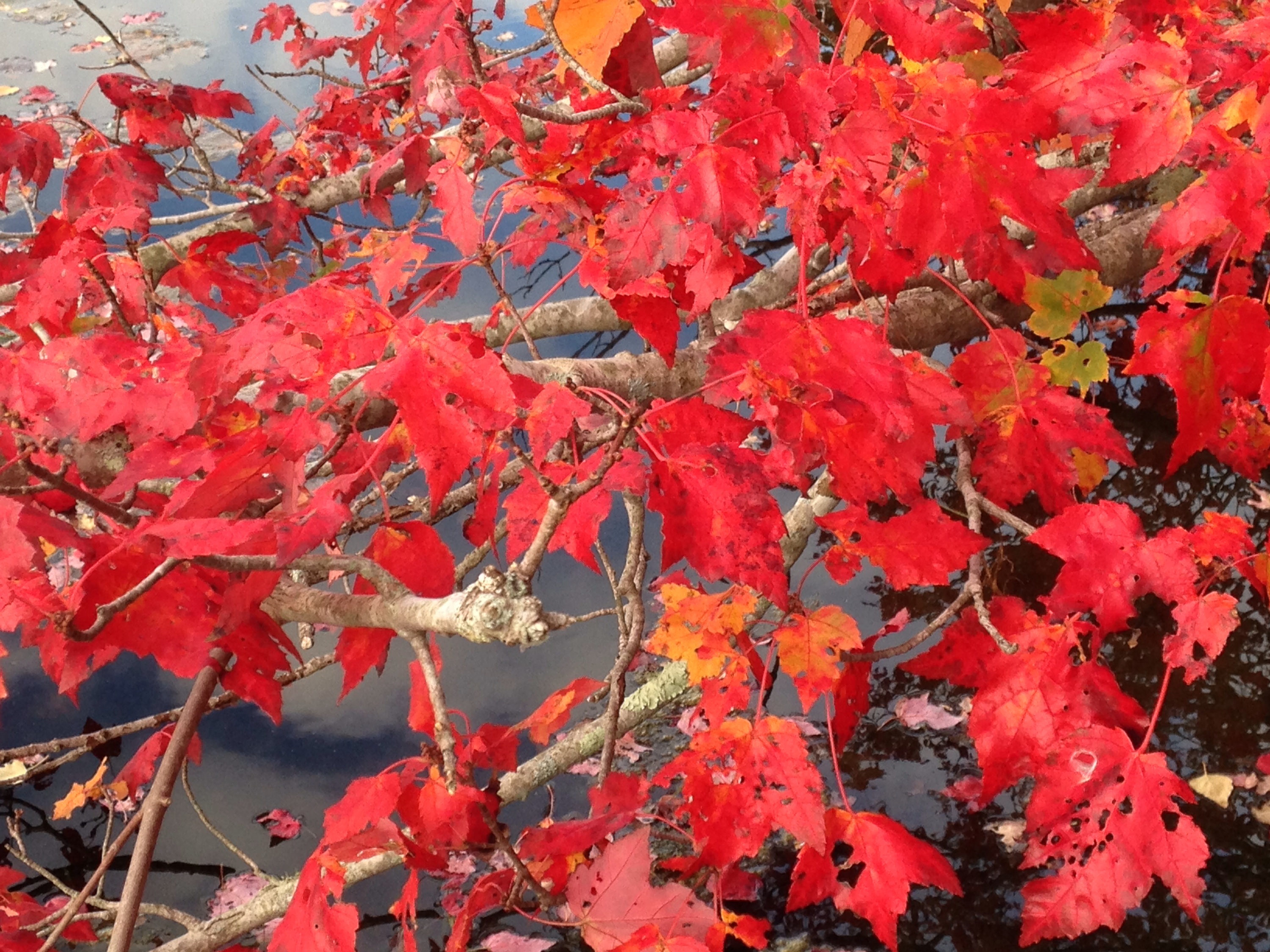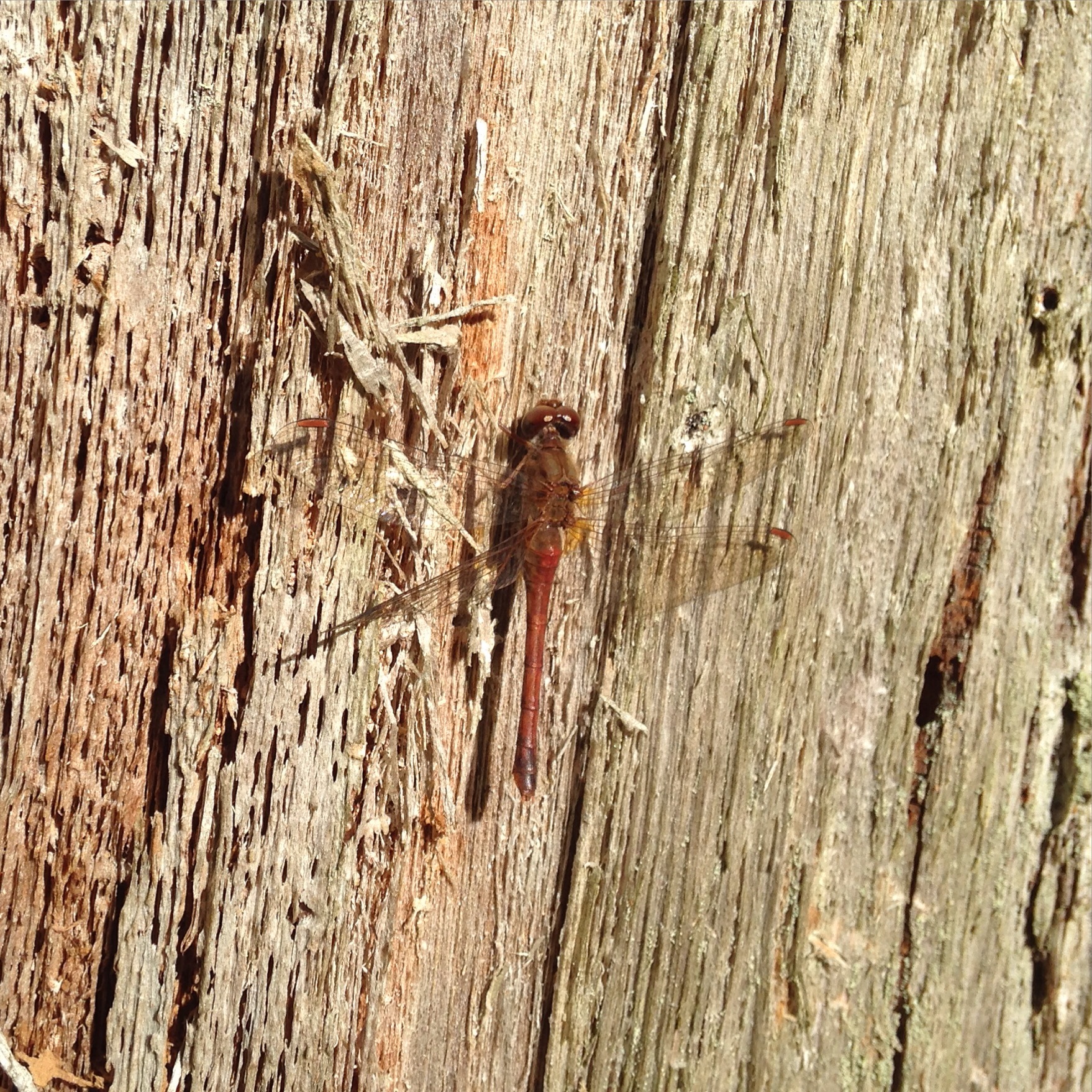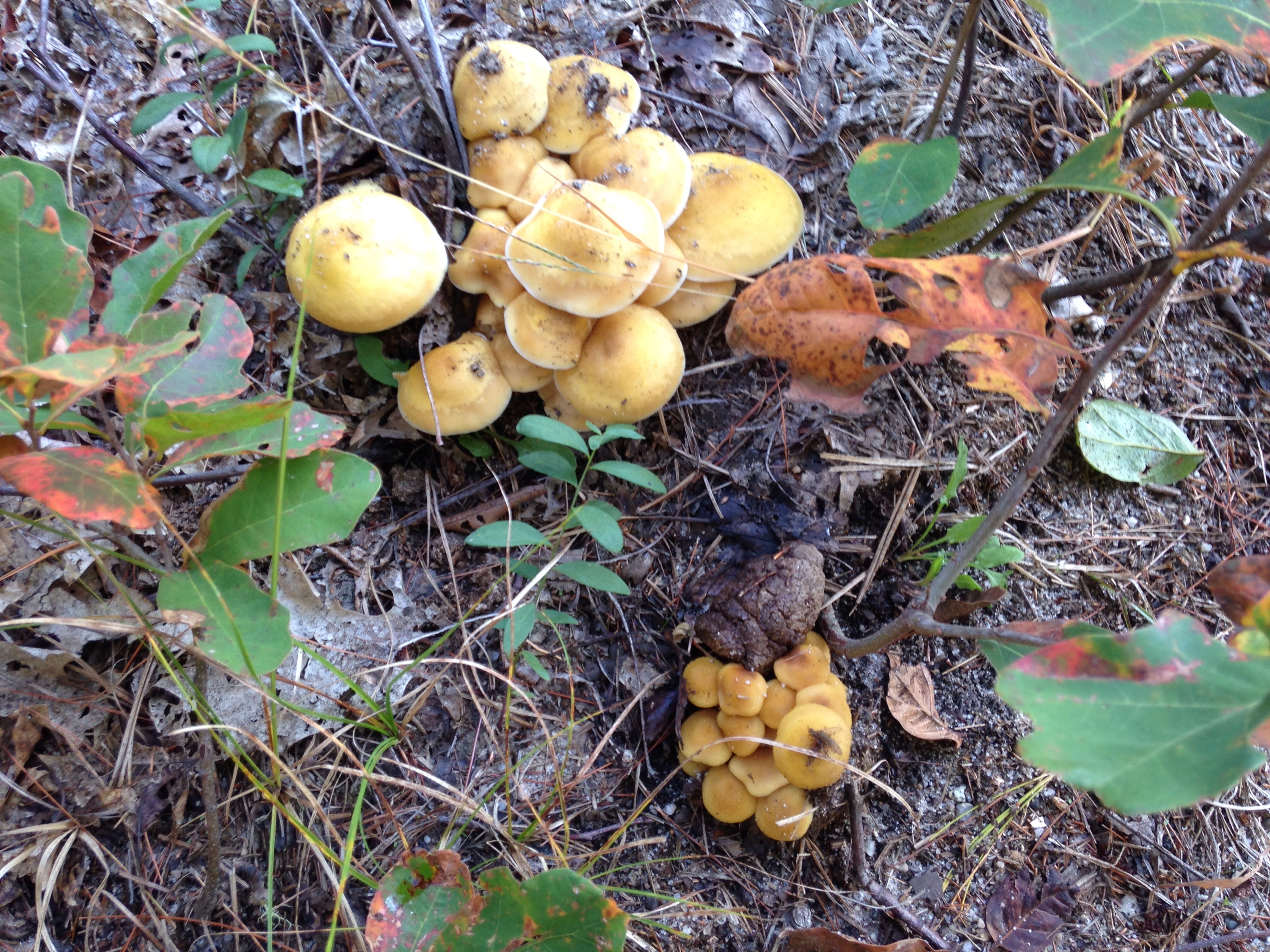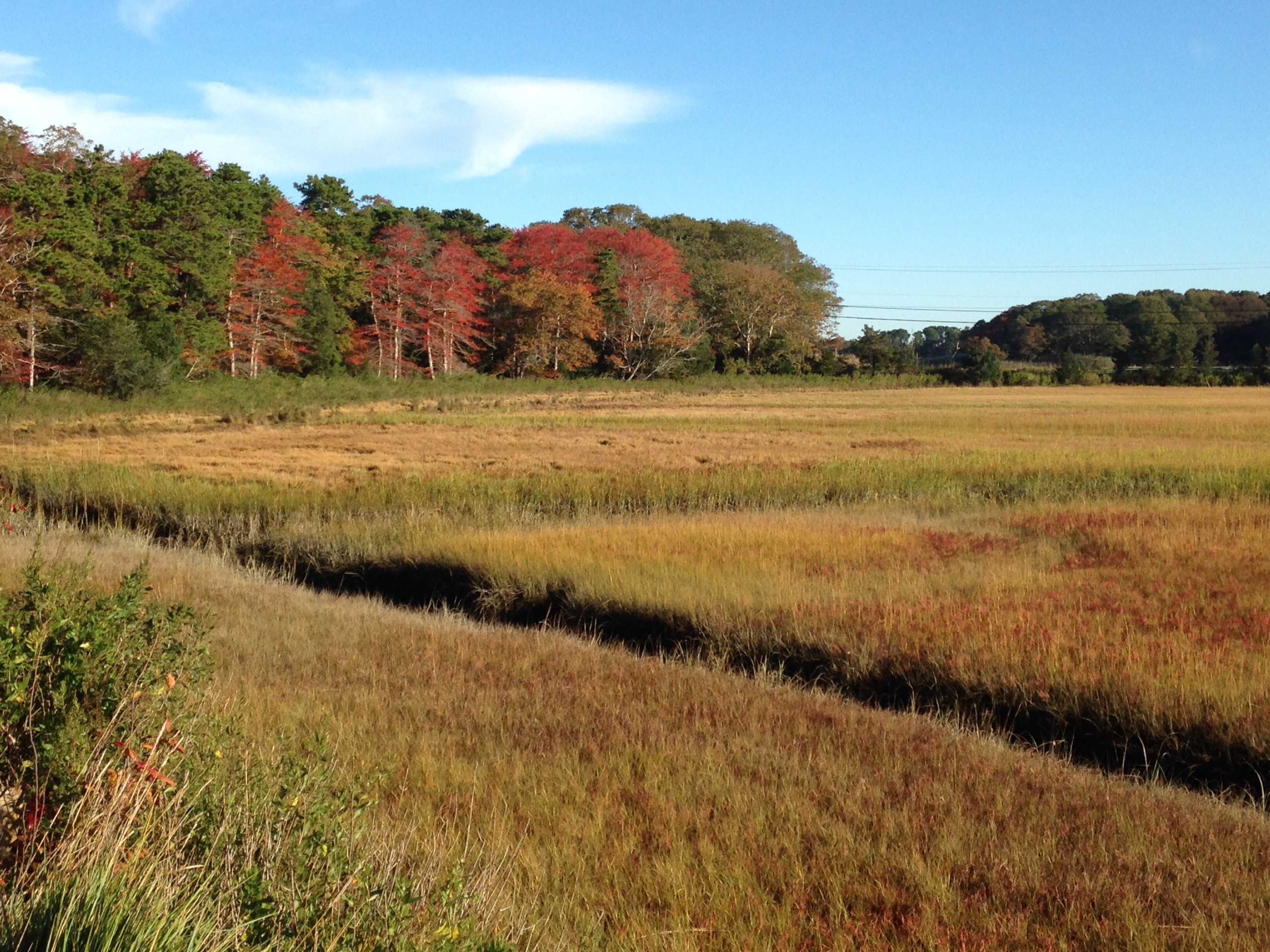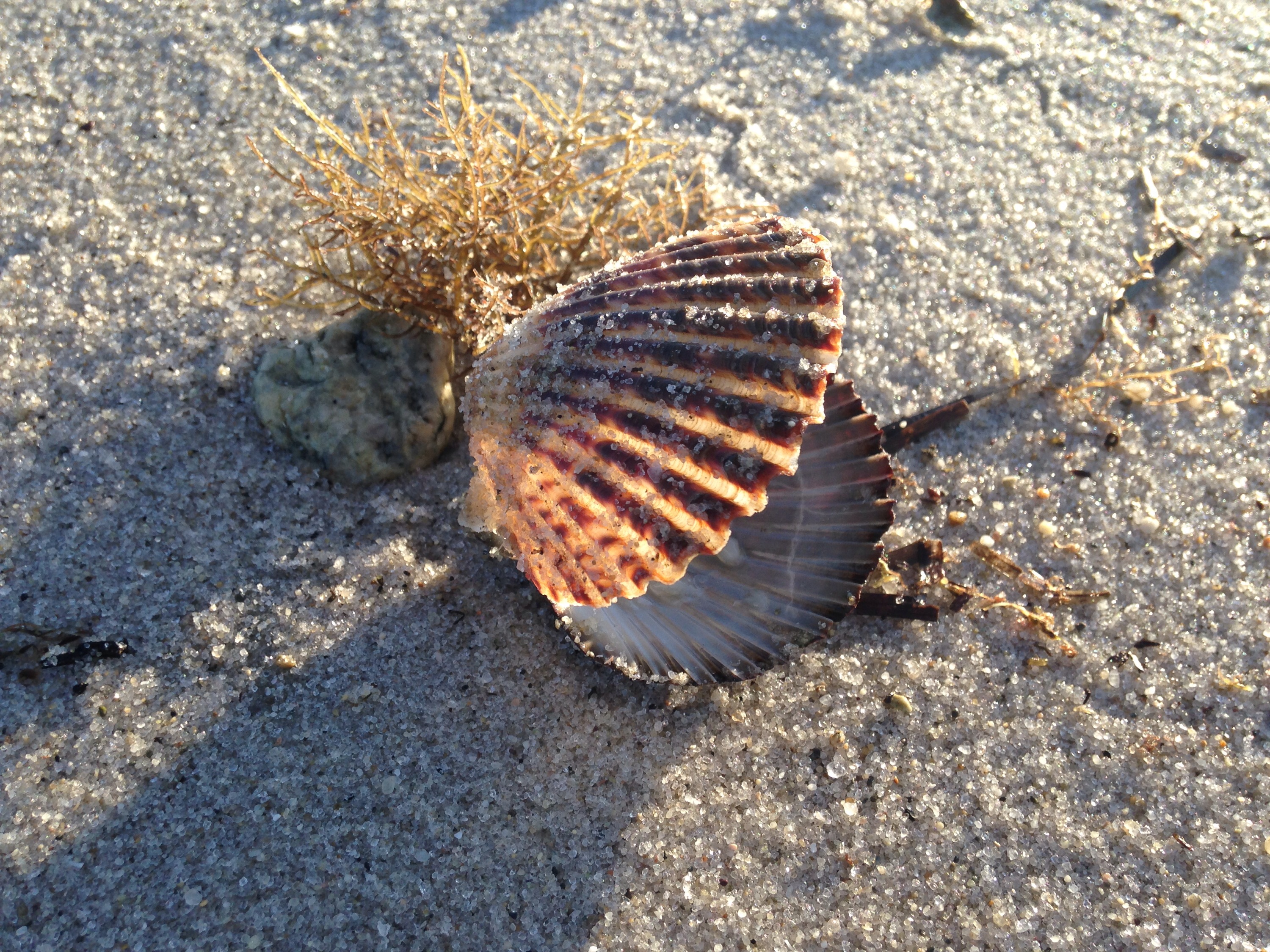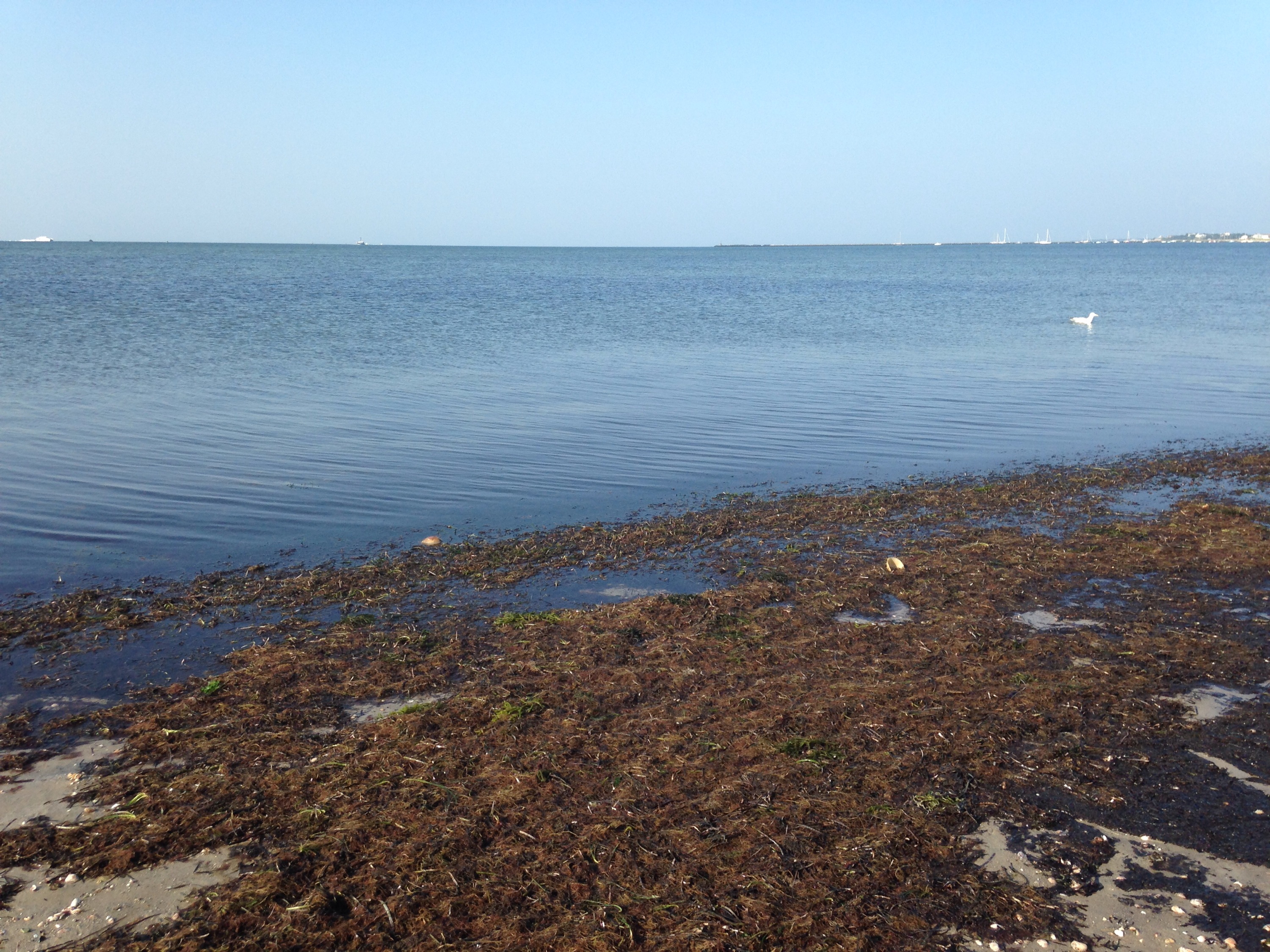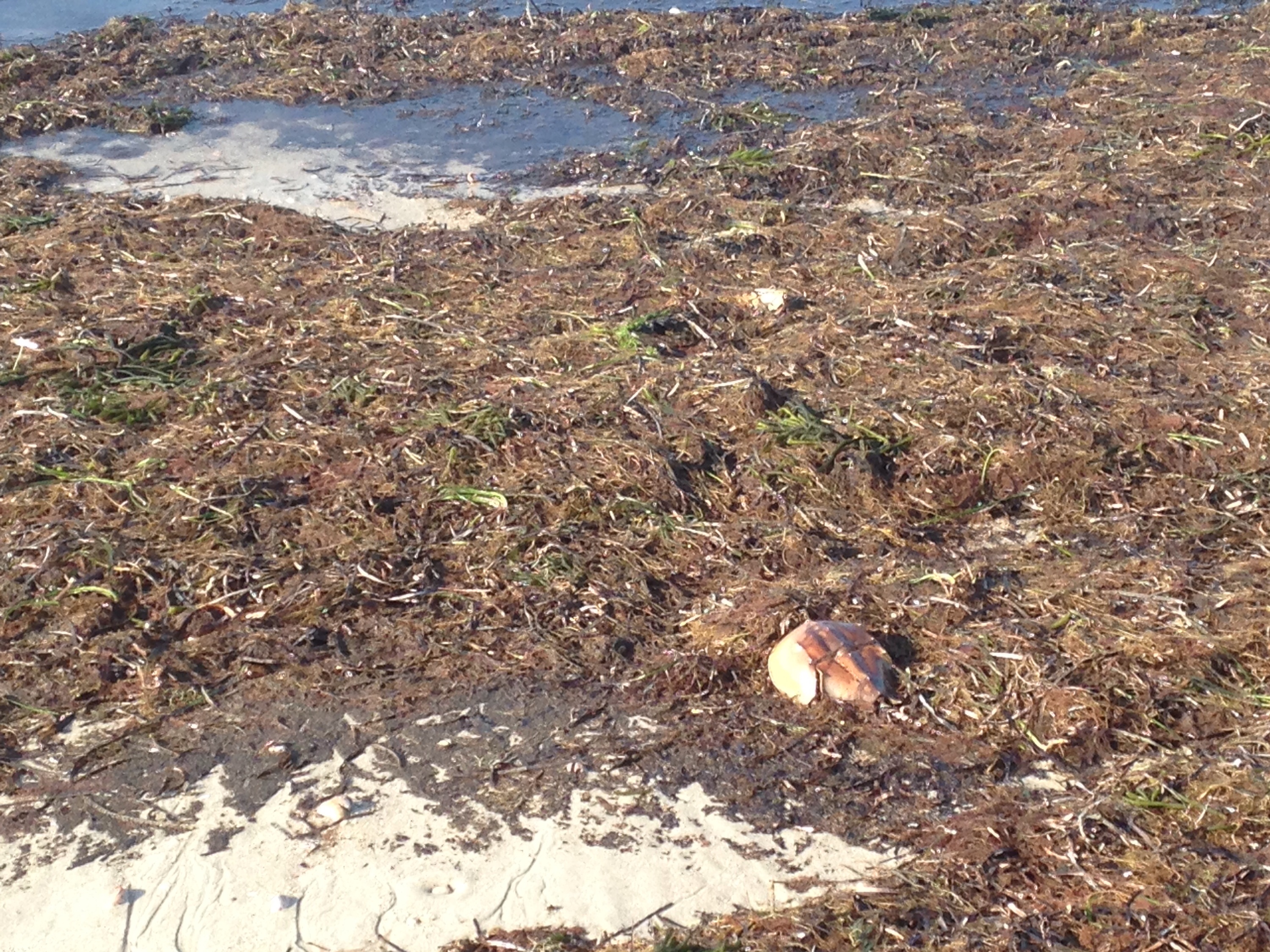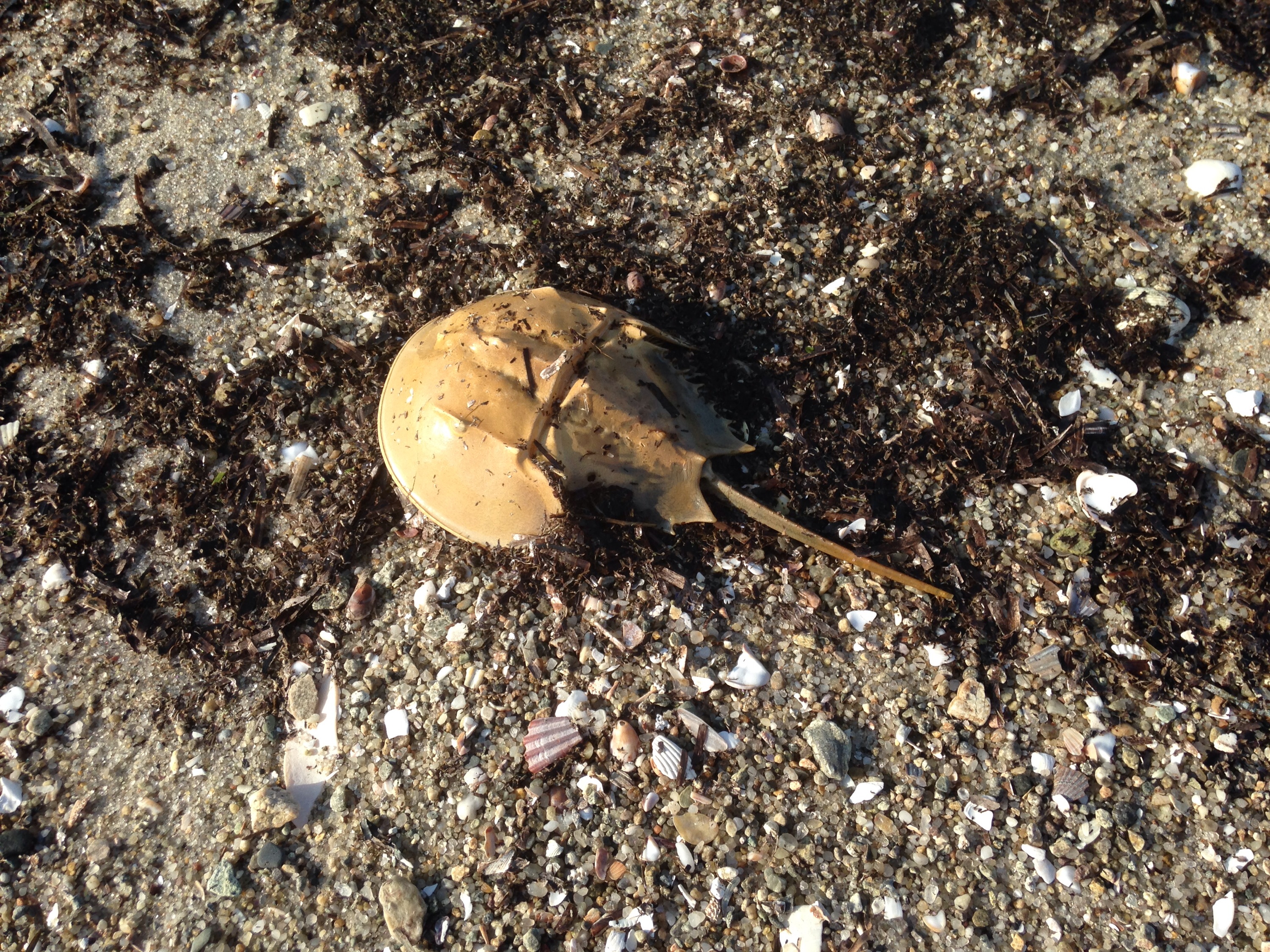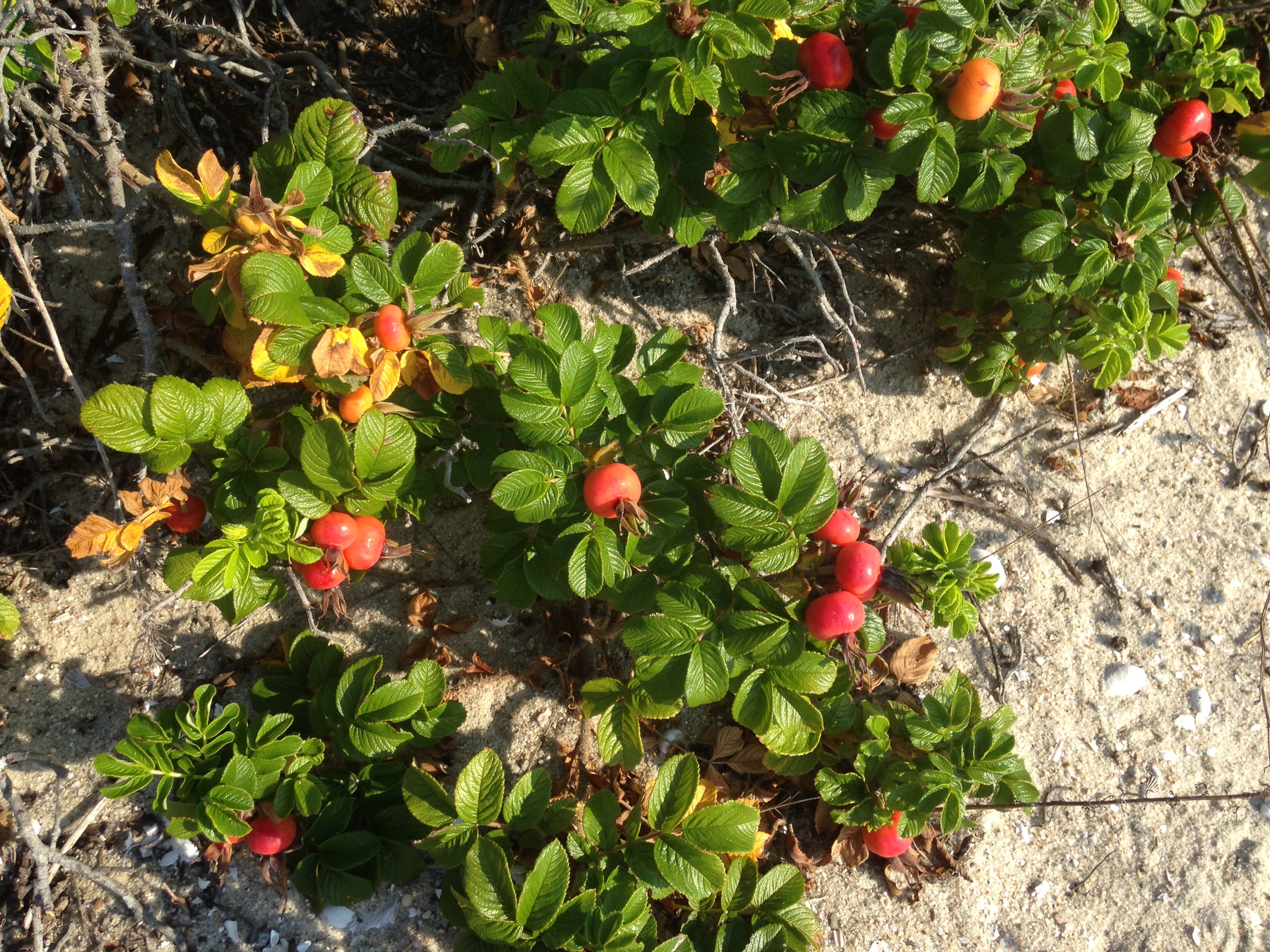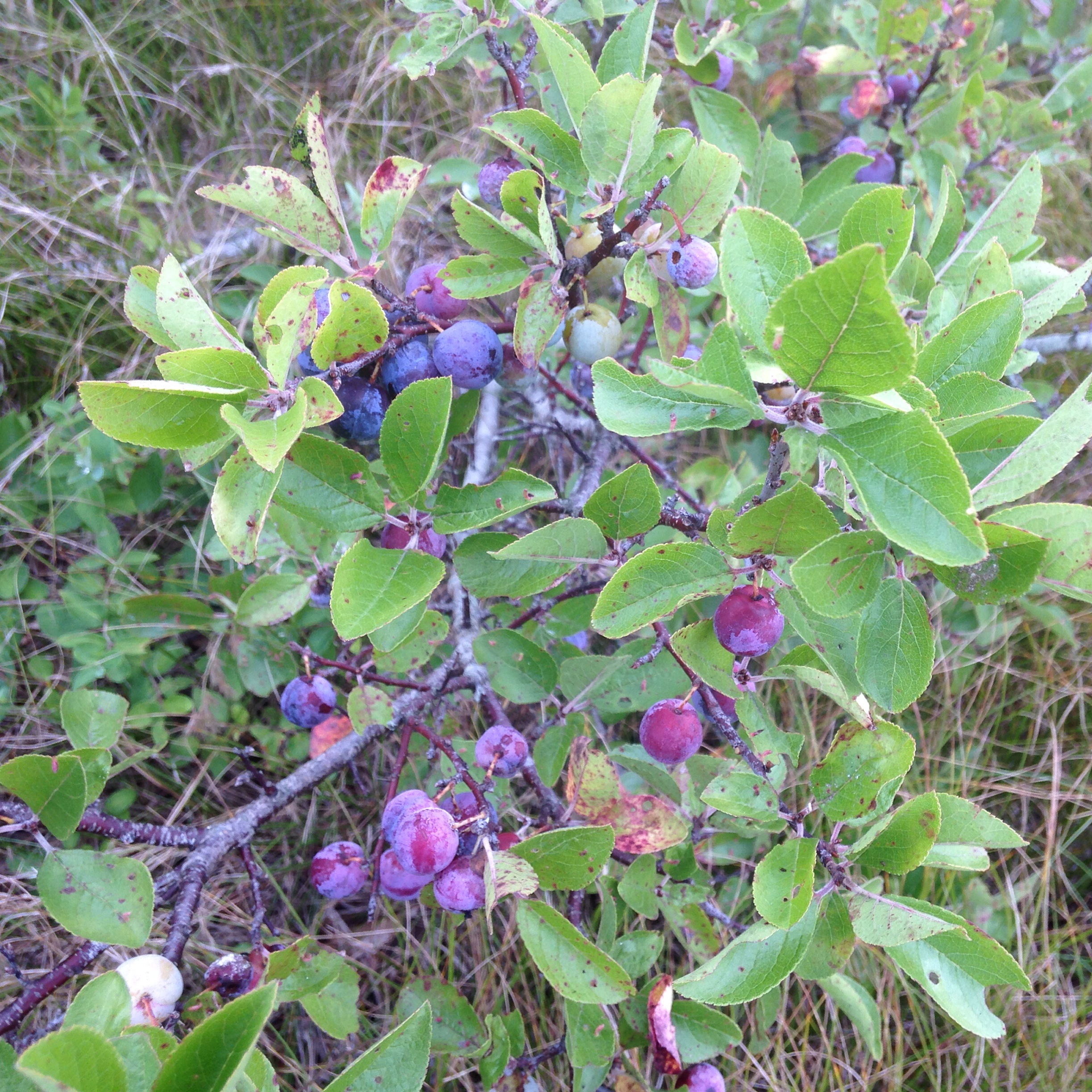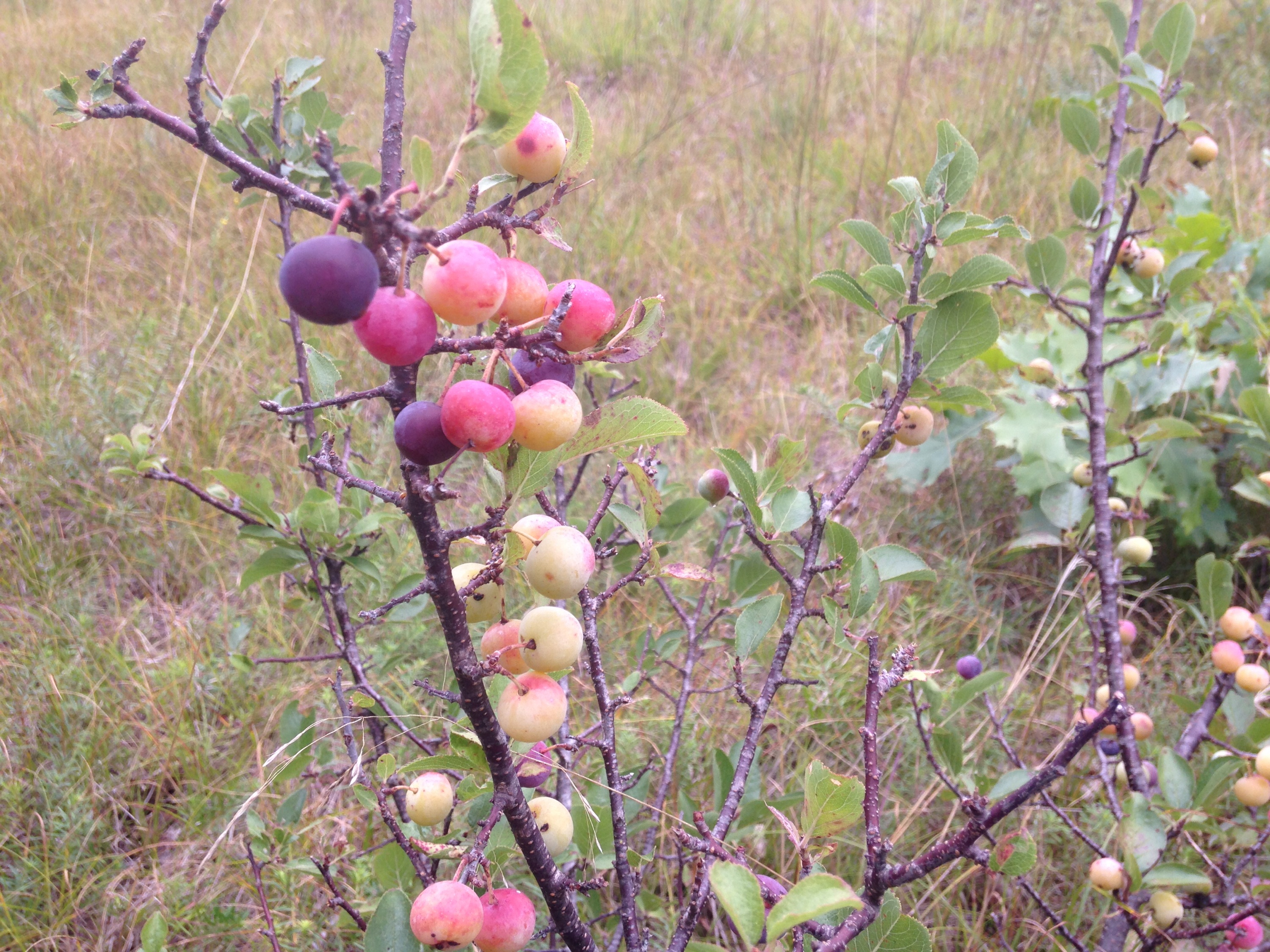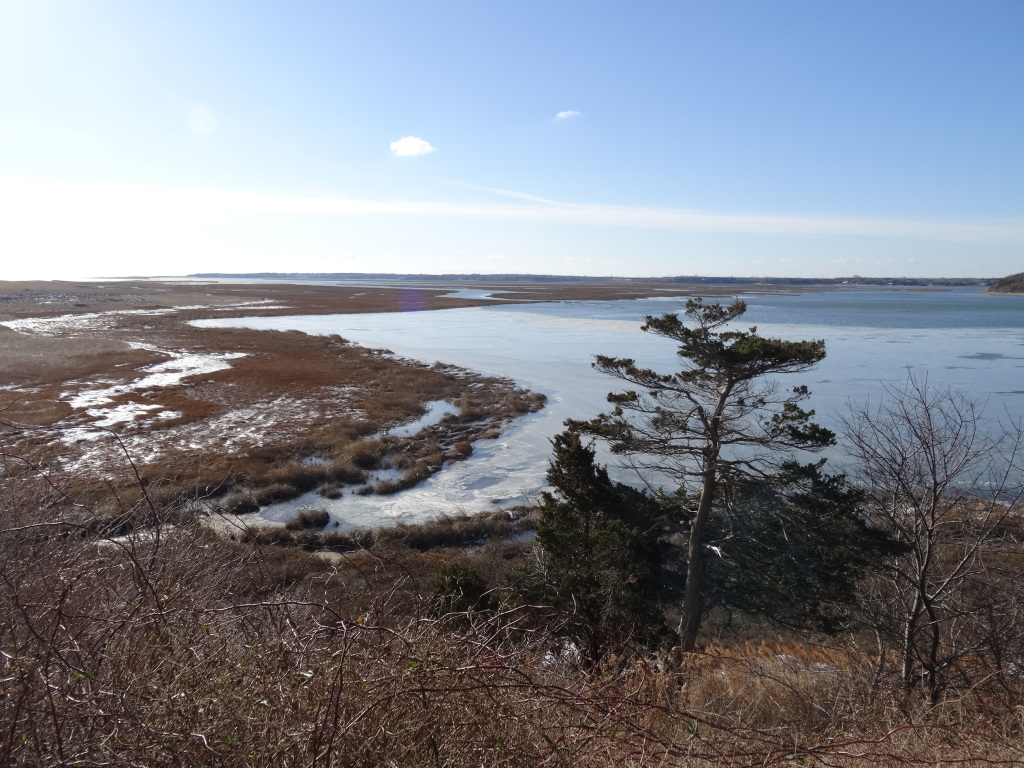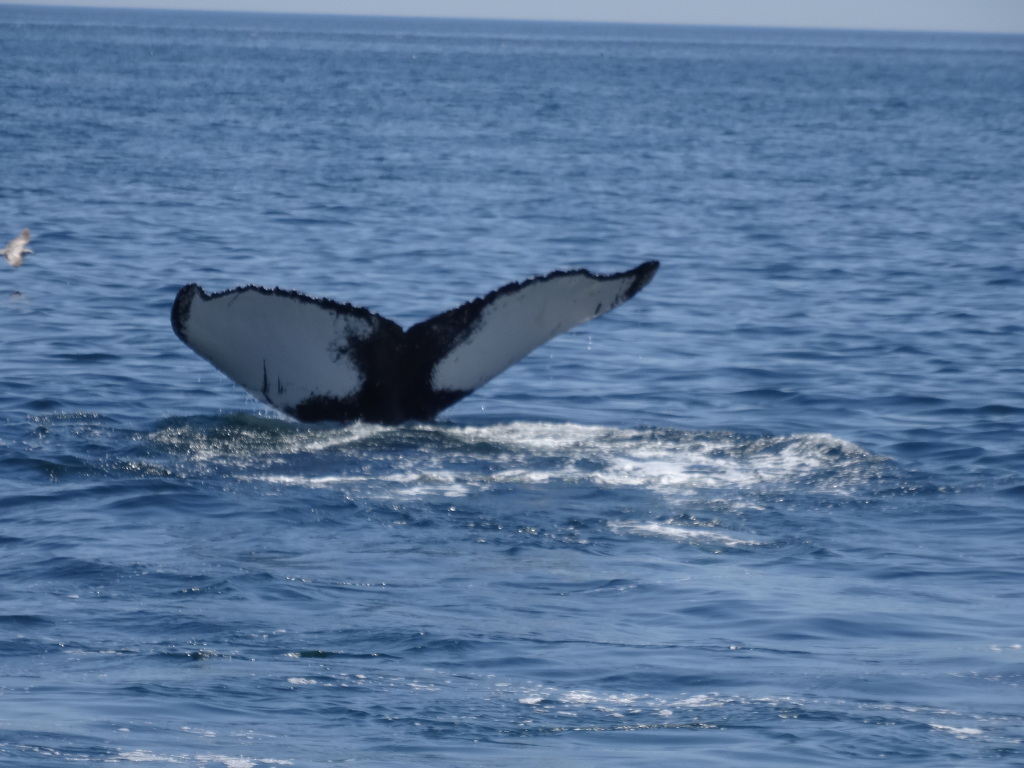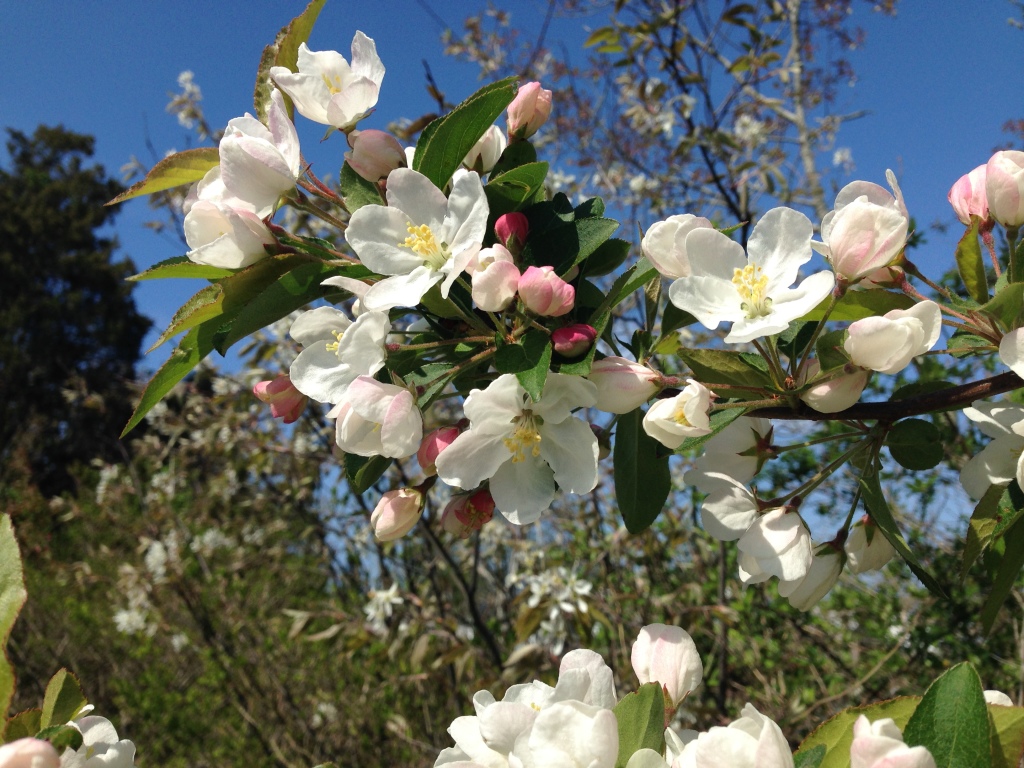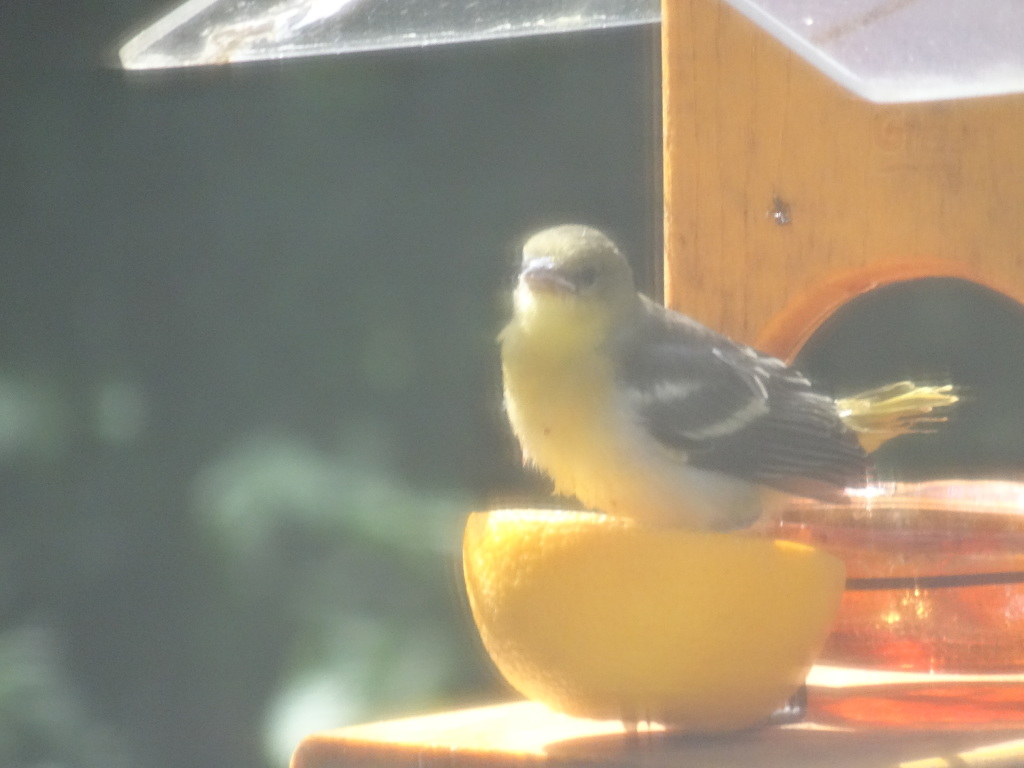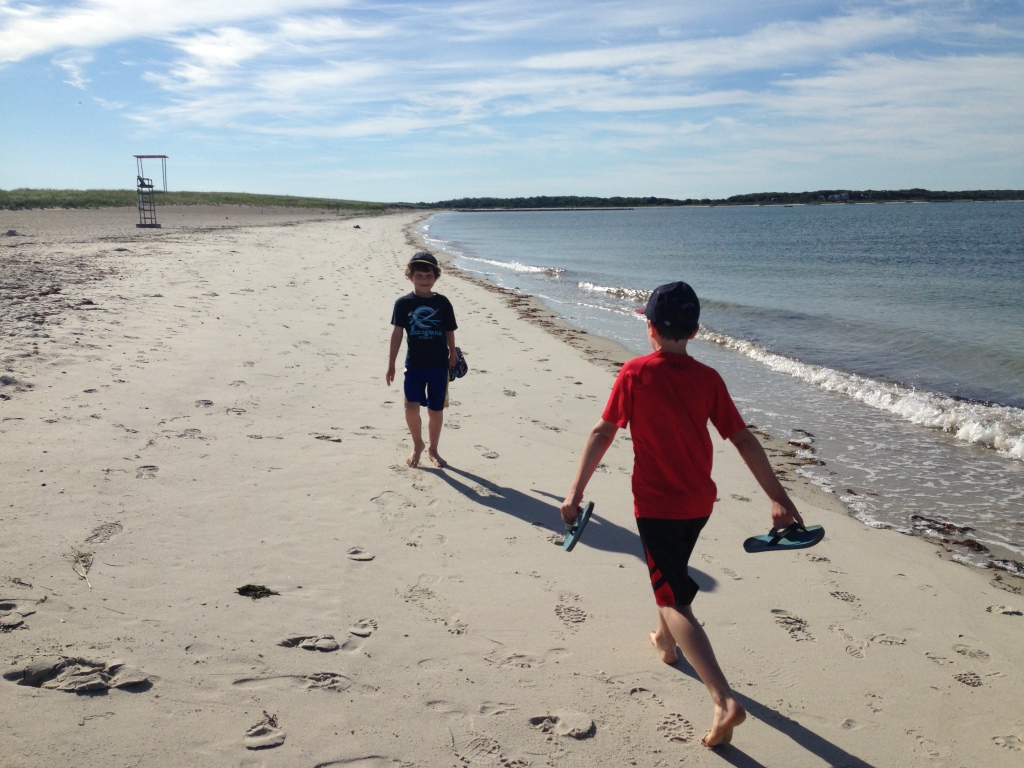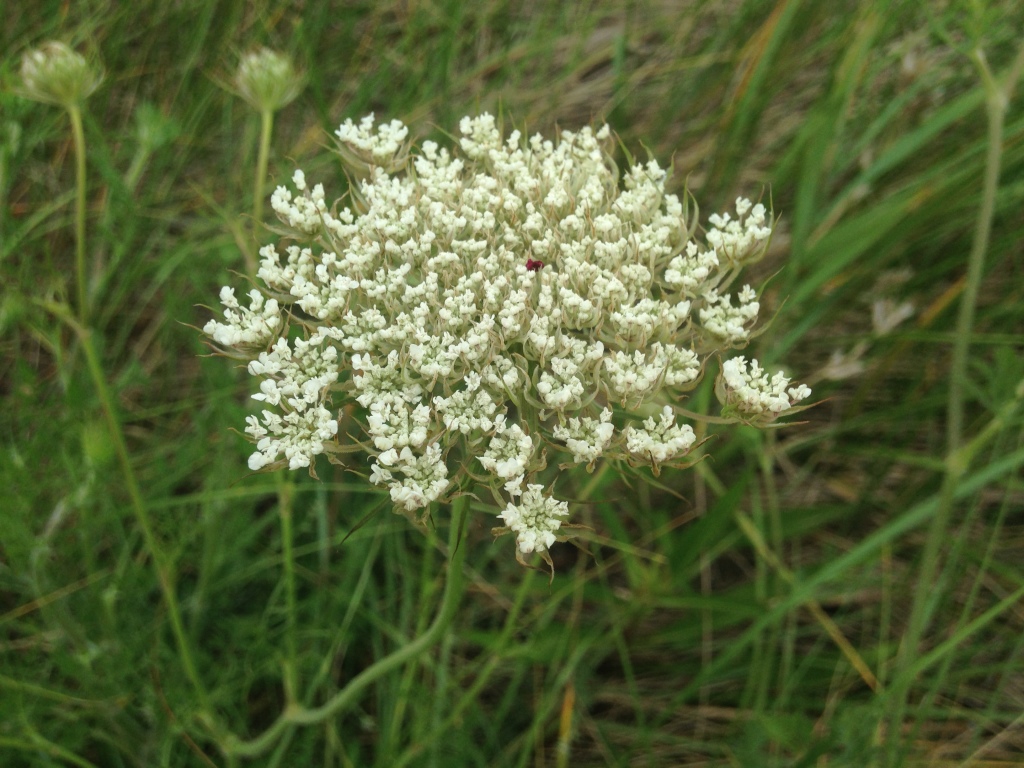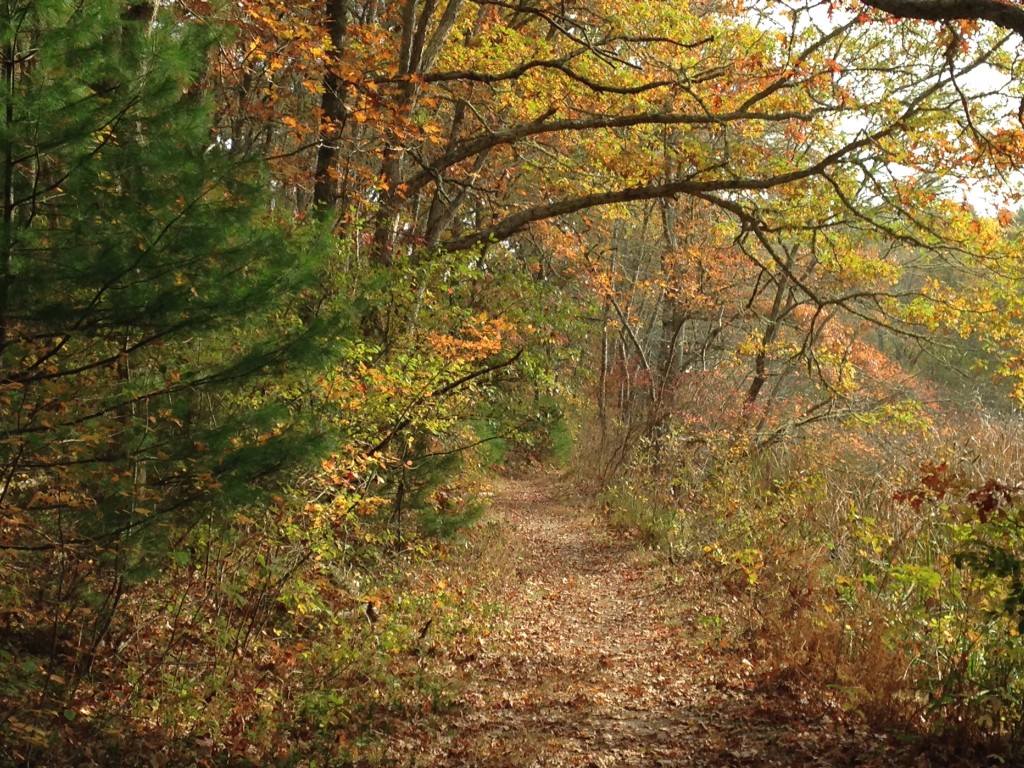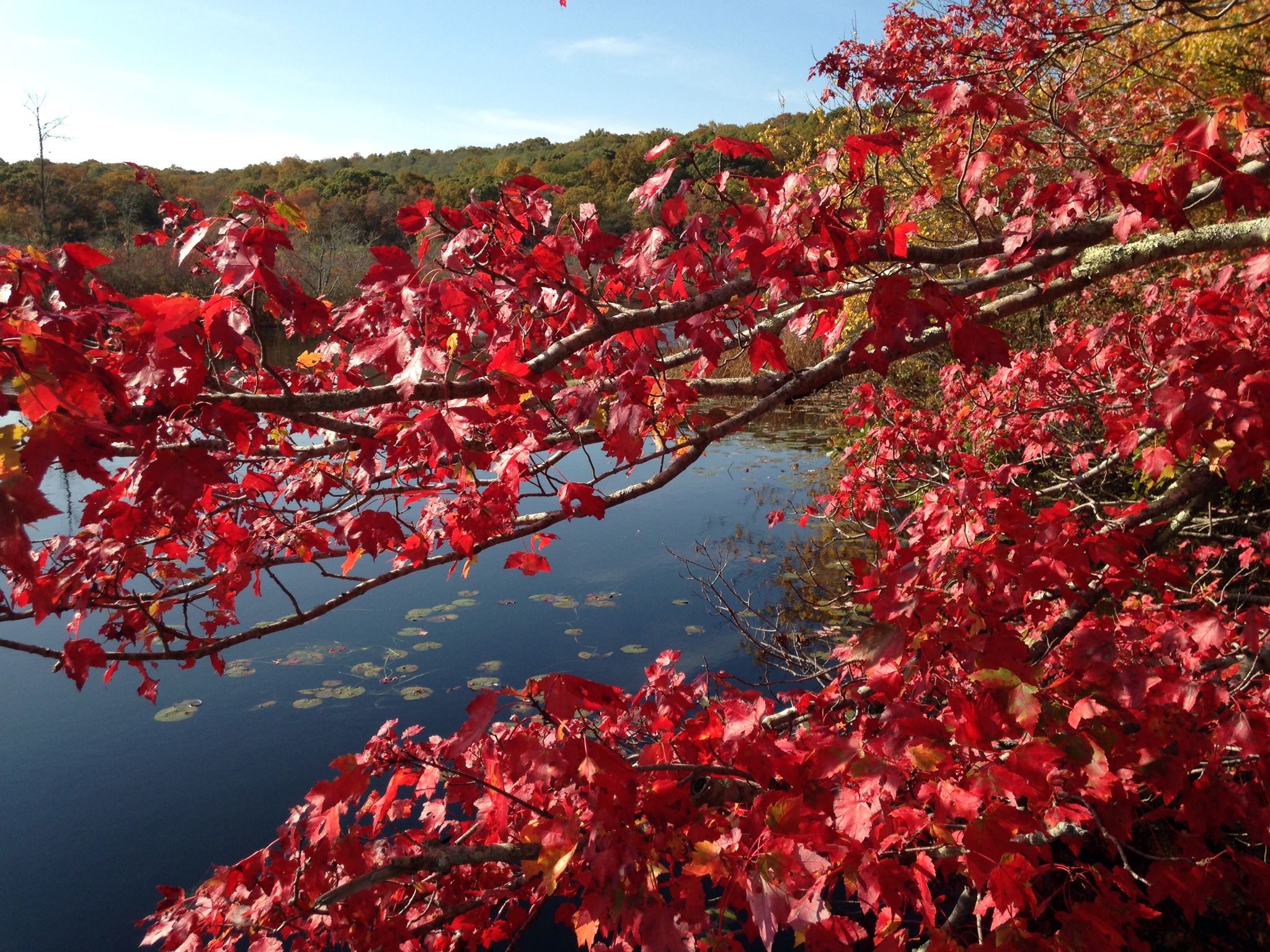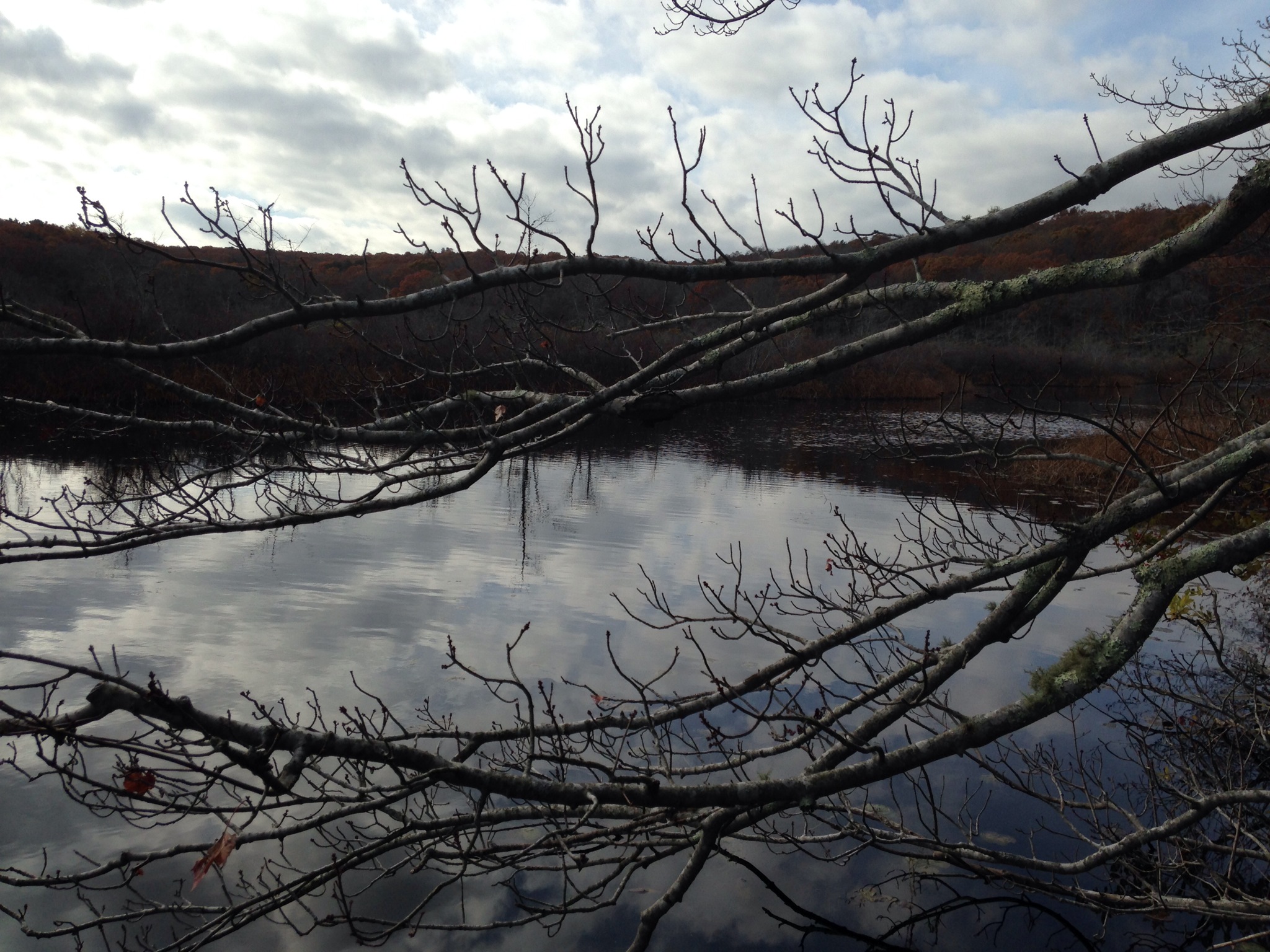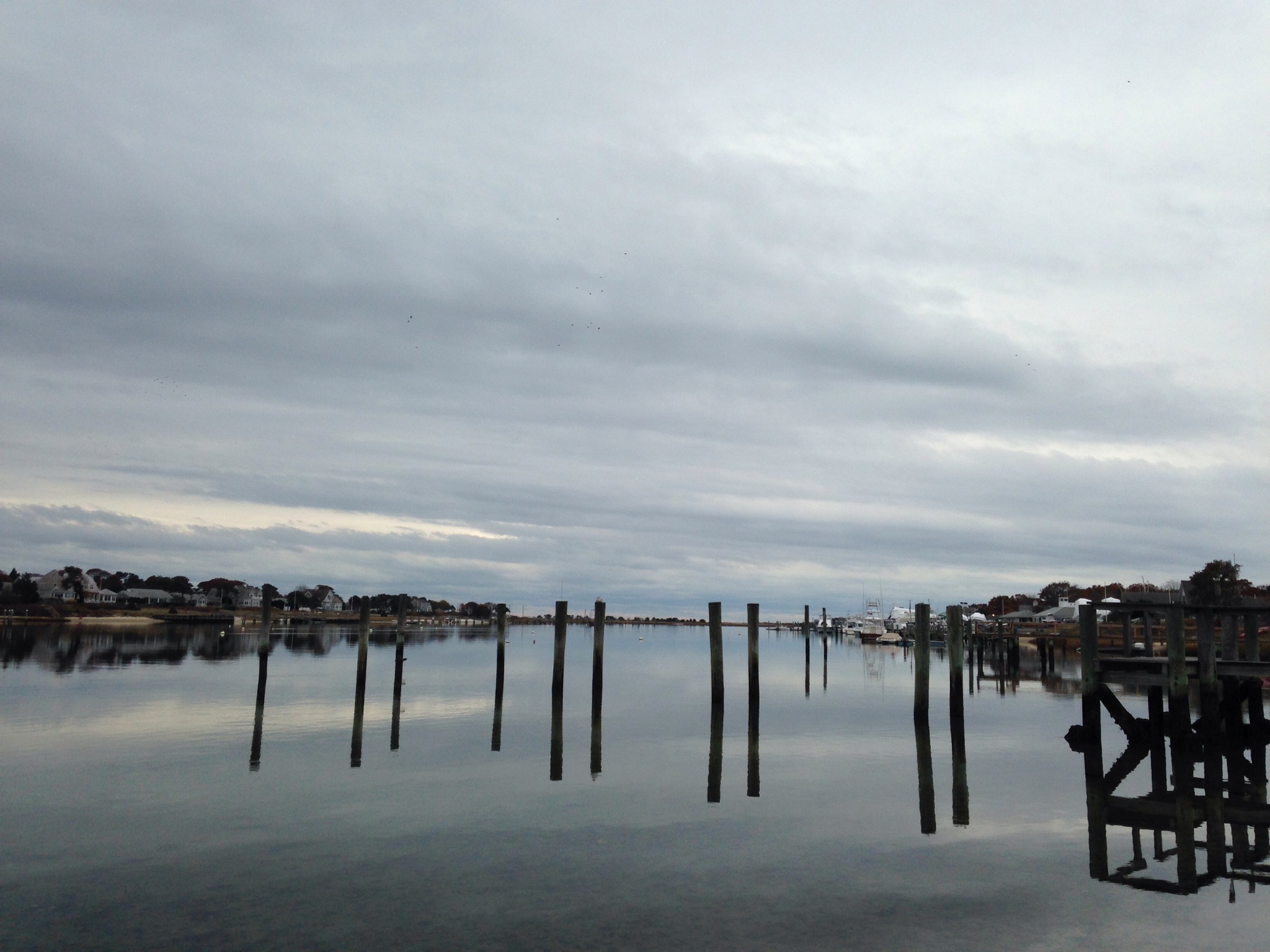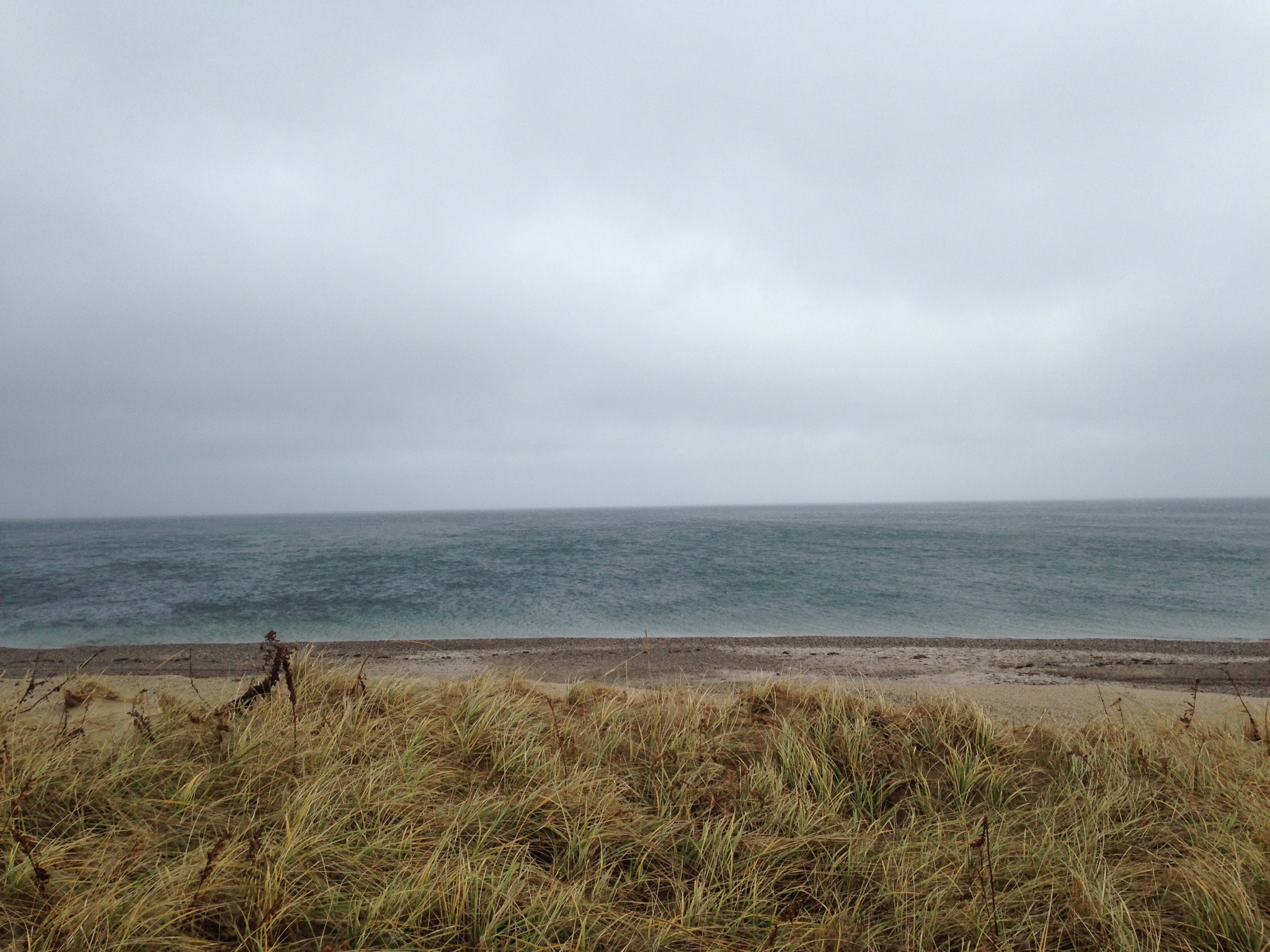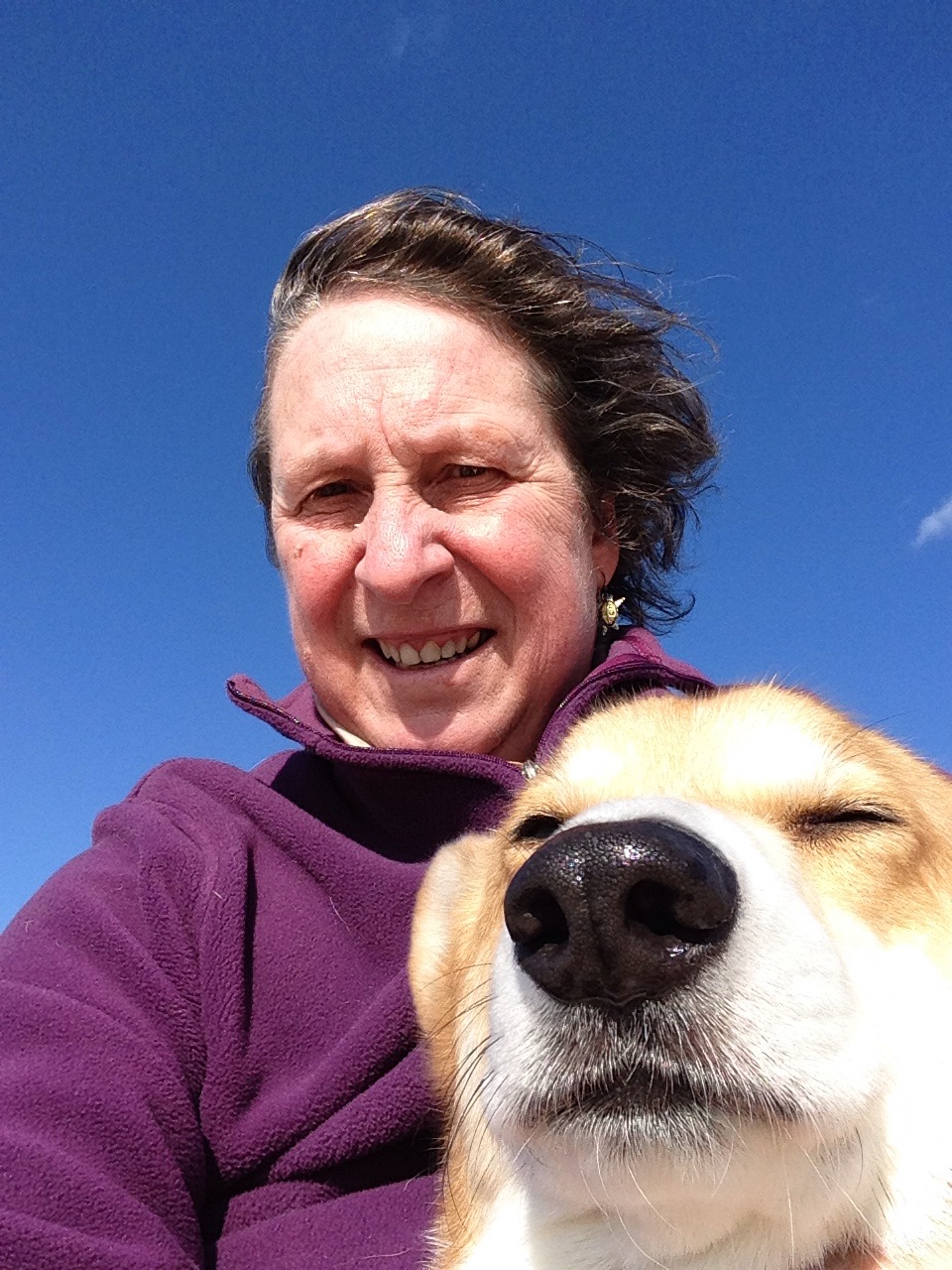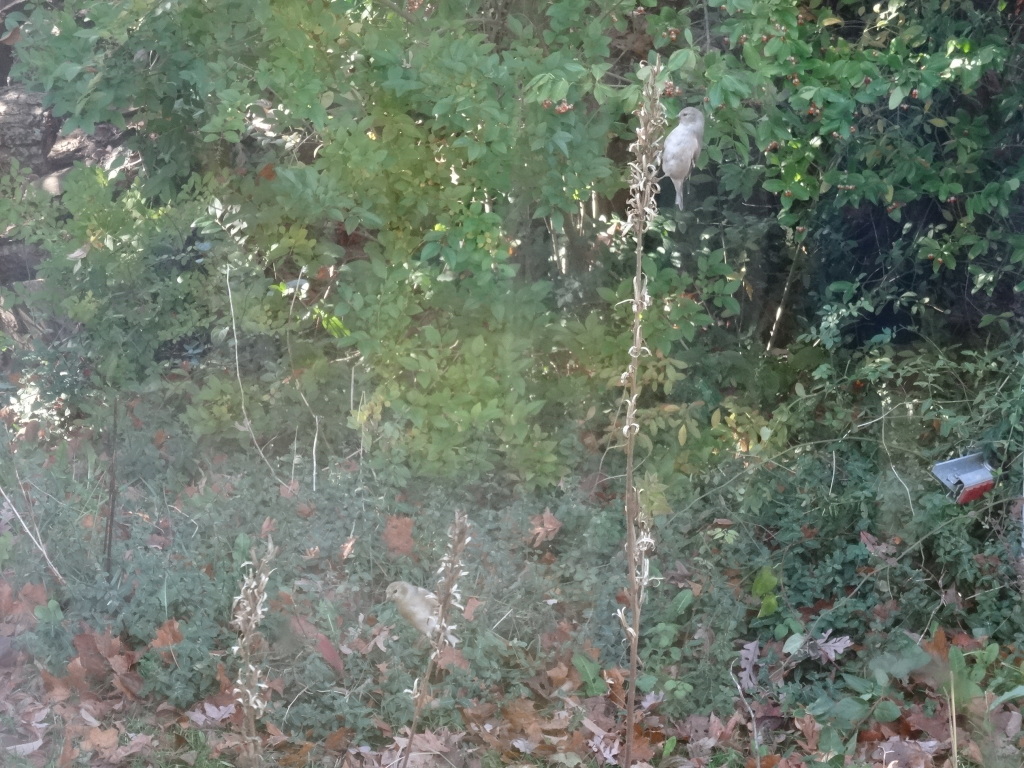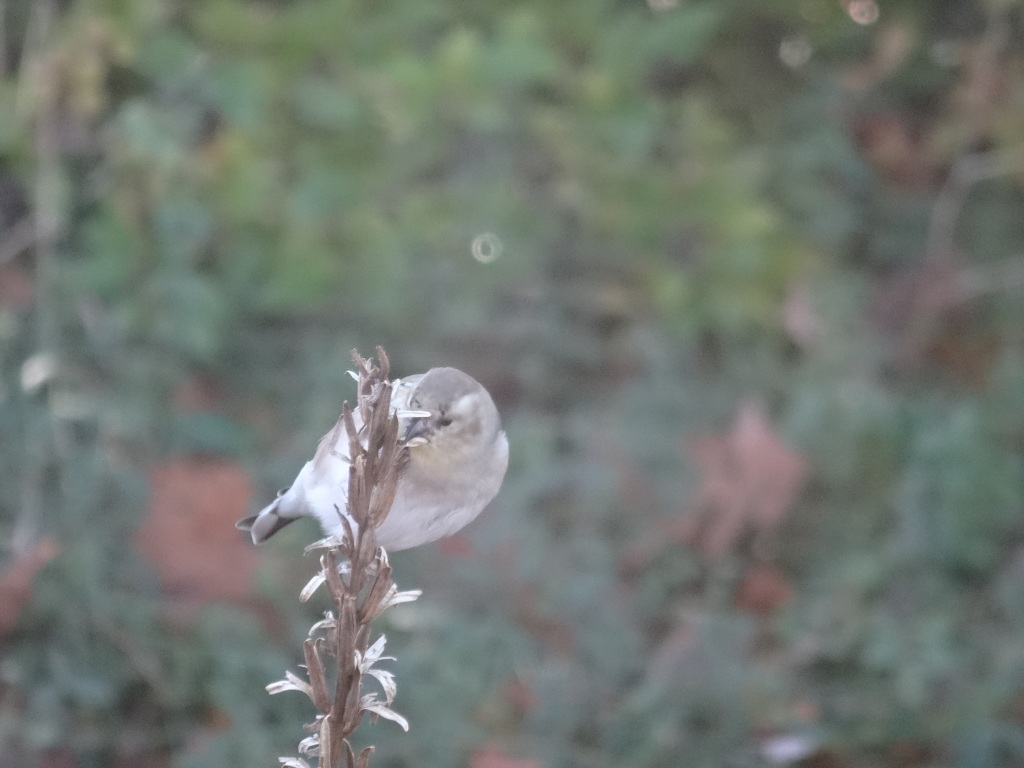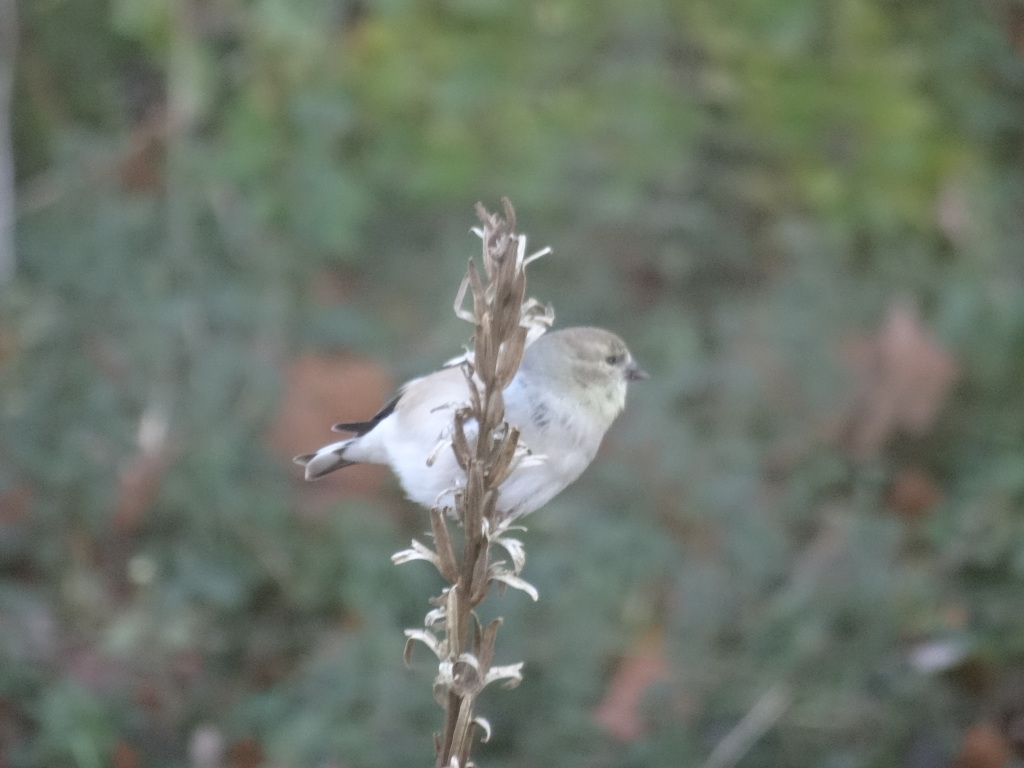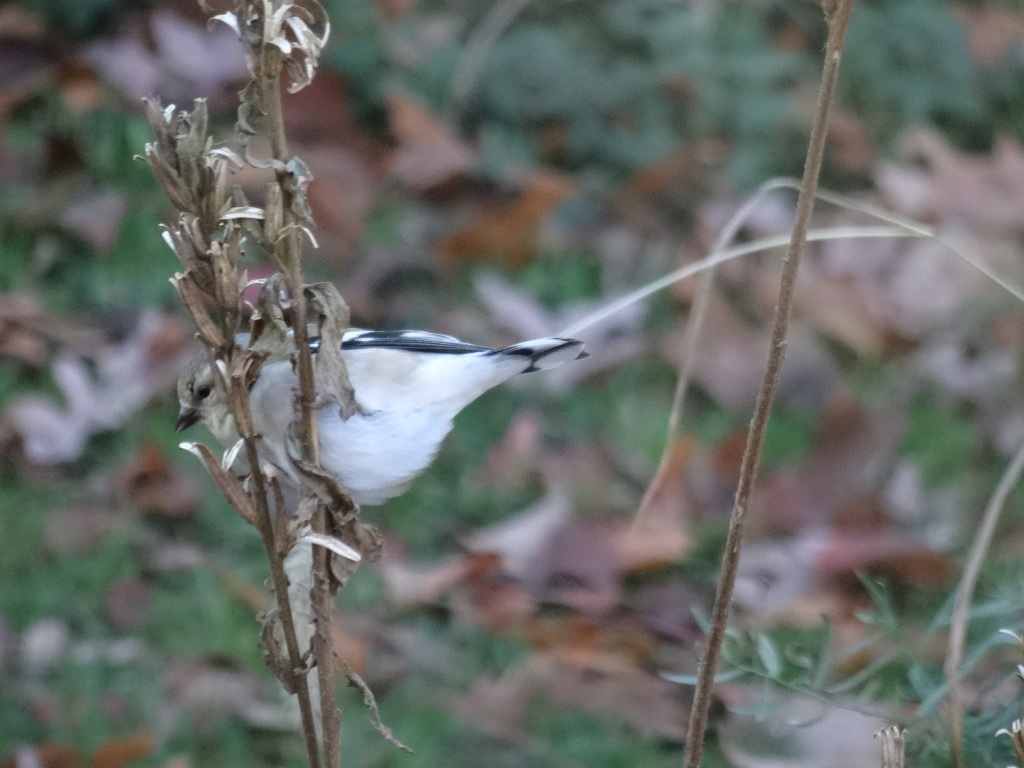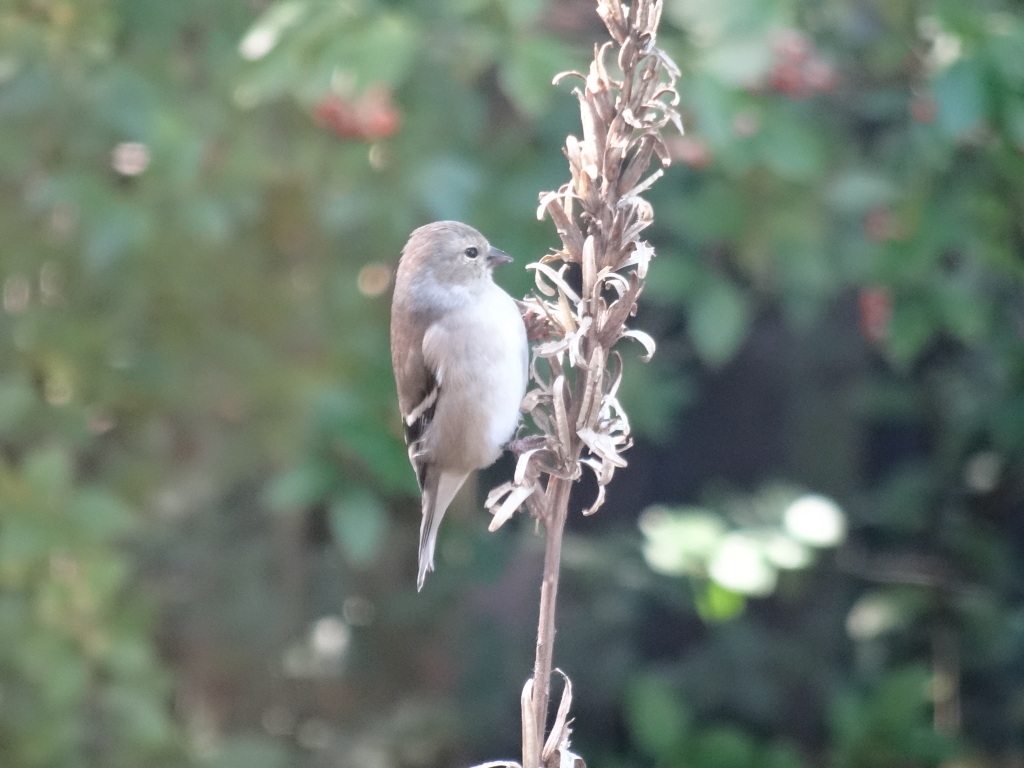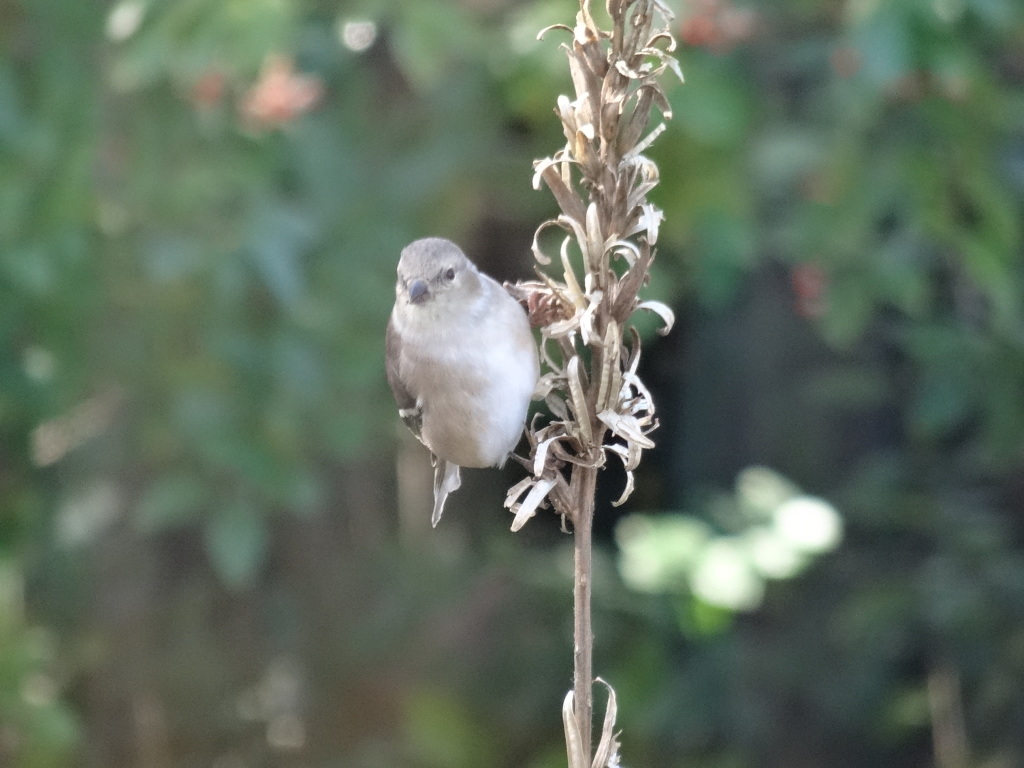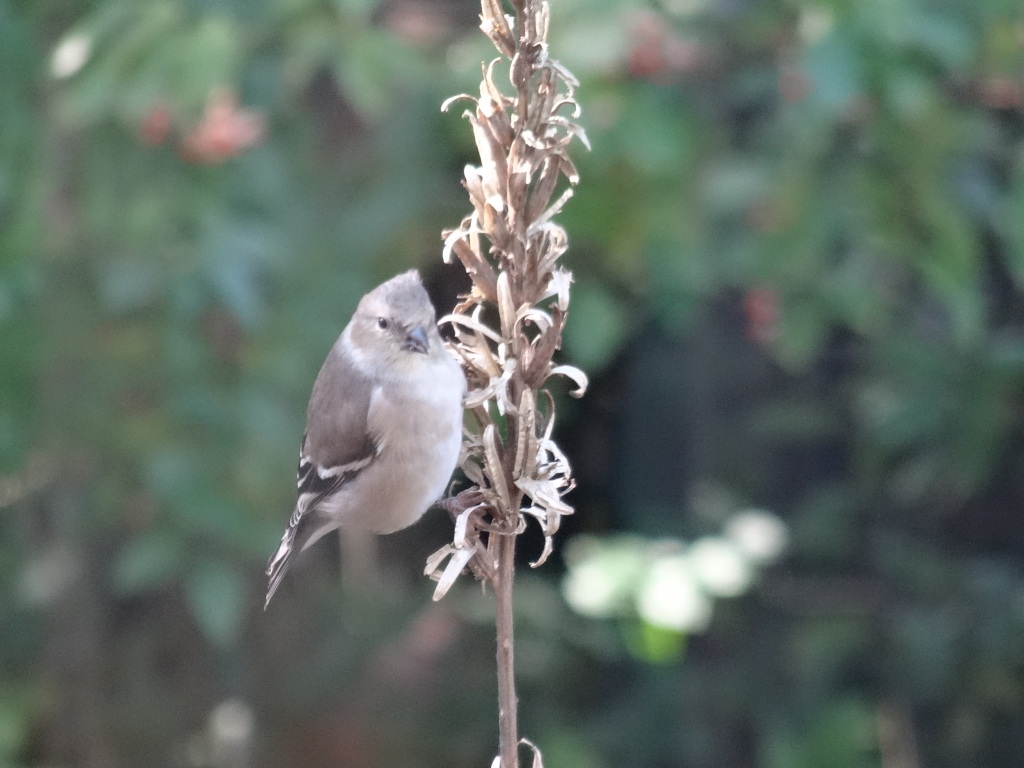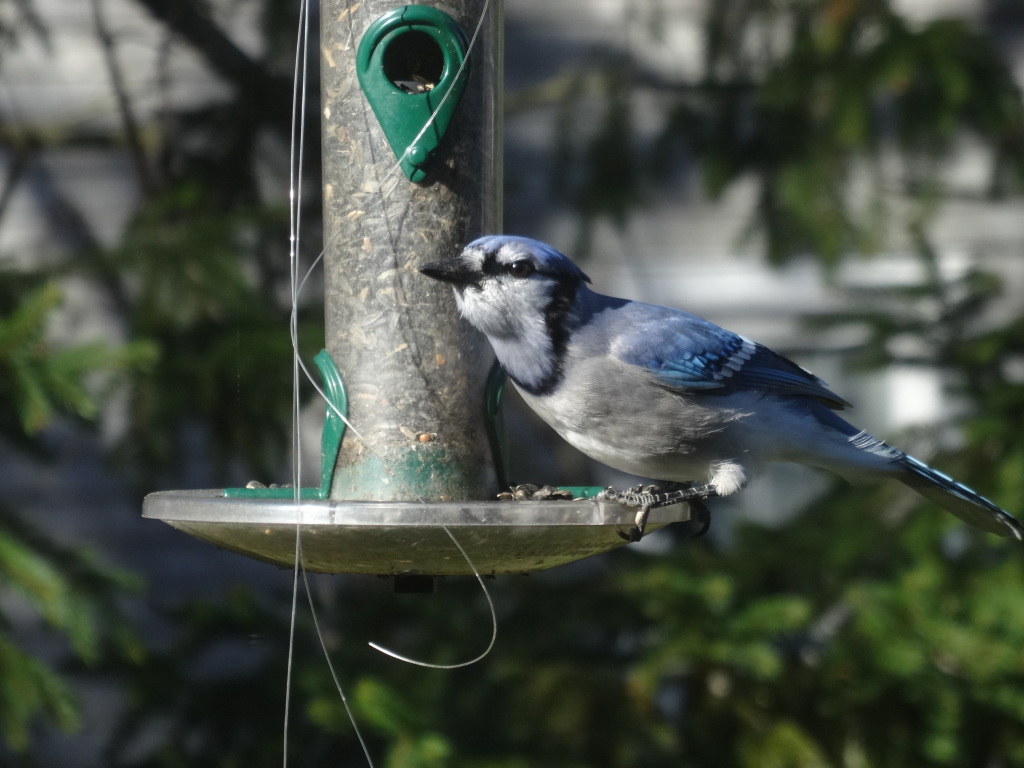Hopefully all were able to enjoy a nice Thanksgiving, whether it was quiet or noisy, large or small. We are not big shoppers in my family so Black Friday is not a thing we do. No lines, no crowds–just a quiet day at home catching up on things. Tomorrow is Small Business Saturday. I hope you’ll join me in supporting the many talented artisans and small businesses we have on the Cape. This is the time to say thanks to the independent bookstores, the small, independent markets and coffee shops, the local breweries and wineries and shops and restaurants that stay open on our main streets all year long.
It’s easy to find things in nature to be thankful for, but it can also be easy to forget to look for them…here’s my latest Weekly Nature Watch column.
Standing in thankfulness
On a day that couldn’t make up its mind, I stood listening to the chatter of a flock of sparrows in a nearby bush. Heavy lavender and gray clouds loomed overhead but from beneath them shone an eerie, almost golden light that topped the now naked branches of trees with its glow.
Leaves tumbled across the grass and around my feet while a squirrel stopped and surveyed the scene, perhaps to see what had me so entranced.
In this world of constant contact that is more and more ruled by screens and electronic communication, I was thankful for a moment outside. I had no reason to be standing there, I just was. A blue jay flew down from higher up in a tree and watched me, cocking its head from one side to the other. A second jay joined it. After a few minutes they seemed to decide I wasn’t dangerous to them and they flew past me to the feeder. A chickadee scolded me as it, too, came to the feeders but the cardinals just sat quietly deep in a bush, no doubt hoping I wasn’t noticing them there.
The longer I simply stood there, the more I could feel myself relax. I took a deep breath of the cool, damp air and I swear I could taste the imminent rain on my tongue. The smell of fallen leaves mingled with a touch of wood smoke from a neighbor’s wood stove. For a moment I lost touch with the world of deadlines, messages and to do lists. I was just a woman standing under a tree while birds and the wind whispered around me.
I am thankful for these little reminders that reality is not virtual or behind a screen. The cardinal hiding in the bush is real. So is the hawk on the top of the spruce in my neighbor’s yard. The clouds moved and changed shape and the ribbon of light disappeared into the gray. Raindrops splatted against the leaves, then against my face. It was cold, refreshing, clean. I felt my hair getting wet as rain dripped down onto my neck. It wasn’t uncomfortable. It was sort of lovely in a way that is hard to describe.
And then it was time to go in before I got soaked. Unlike the chickadees, I couldn’t stay dry hidden in a branch of the holly tree.
It is easy to become overwhelmed these days. We are bombarded with images in an unprecedented way. We hear about crises that we can do nothing about, almost hourly. We learn of deaths that leave us feeling helpless and devastated and often hopelessness feels like the only appropriate response to this relentless bombardment of bad news
And that is why I look for things to be thankful for every day. Nature is an easy anecdote for the pain and suffering in the world. Not that nature doesn’t have plenty of these, but if we choose to look for beauty and peace, it is easy to find. We don’t have to go far. Sometimes just stepping into our own backyards will do the trick.
Being thankful can become a habit. It’s free, it’s easy and it can take place anywhere, any time. Just step outside. Head to the beach, the pond, the meadow or the woods. Take a deep breath. Leave your phone behind. Turn off the car, the music, the chatter in your mind.
Even rain, snow, sleet and wind all have their place. We can be thankful for the ways they nurture the plants, clean out the old and broken and help us feel refreshed and renewed.
Even in times of stress, crisis and unrest, there is always something to be thankful for, even if it is the simple call of a chickadee or a cardinal sitting quietly in a bush.
All content copyright protected by Mary Richmond, 2018

